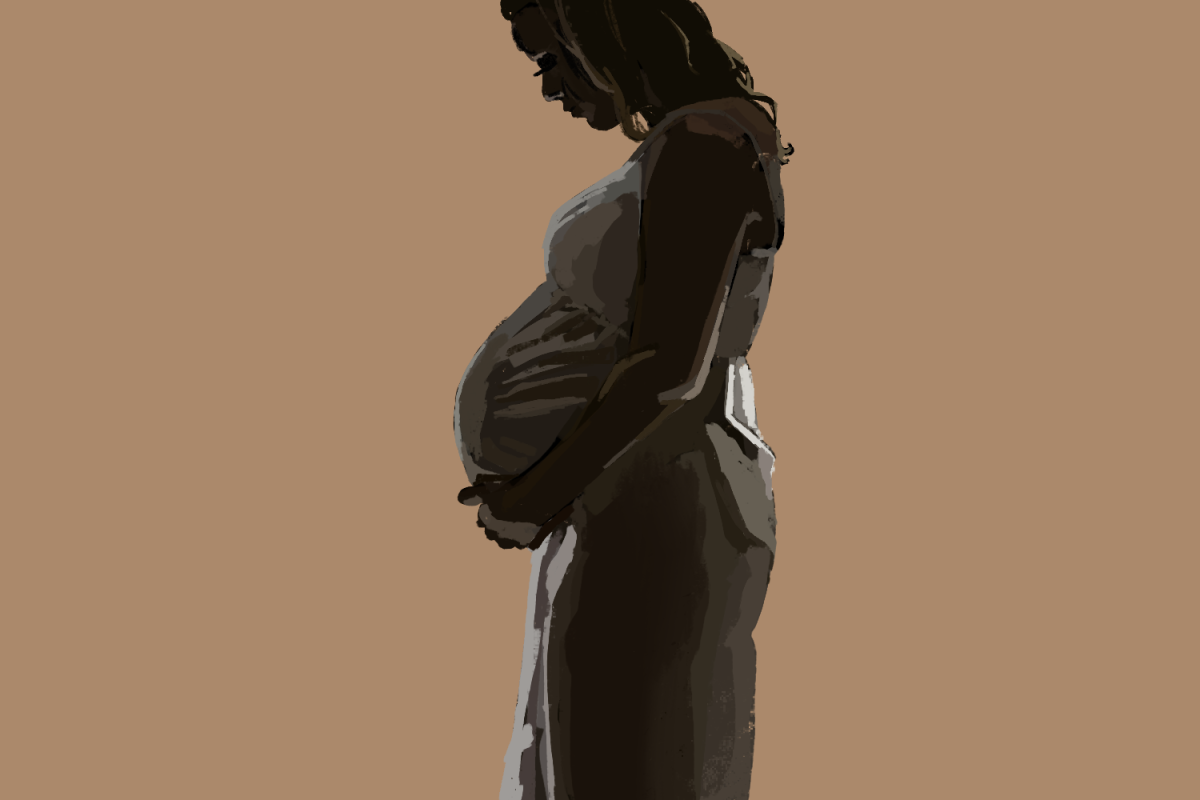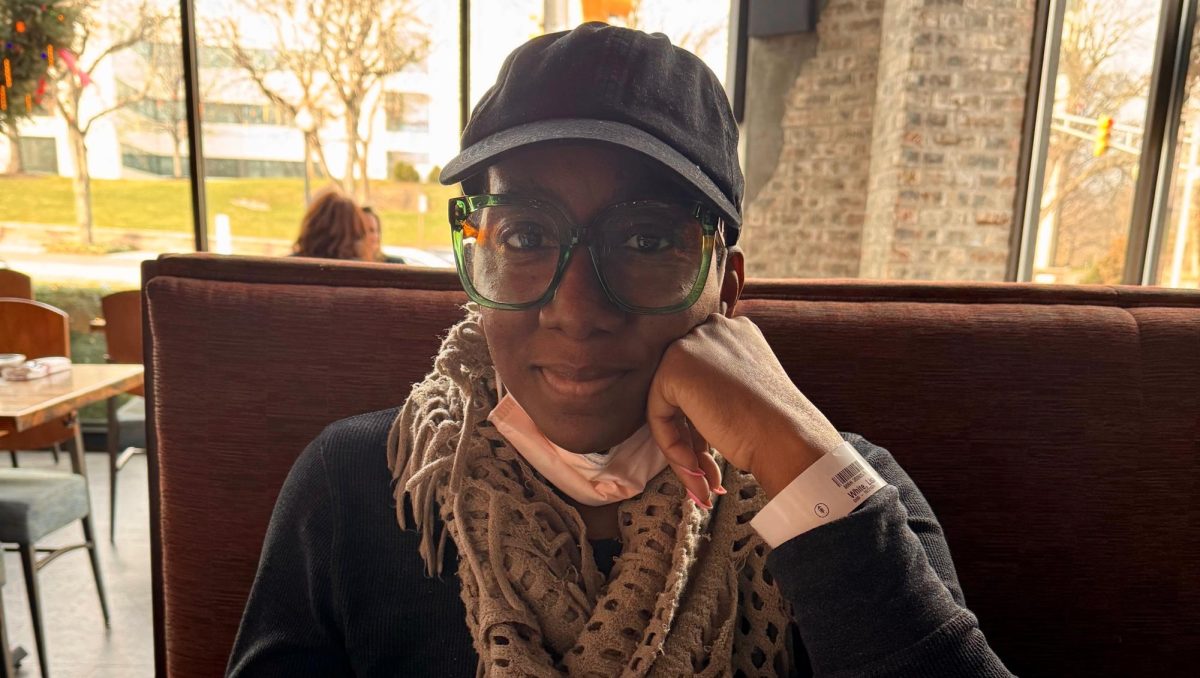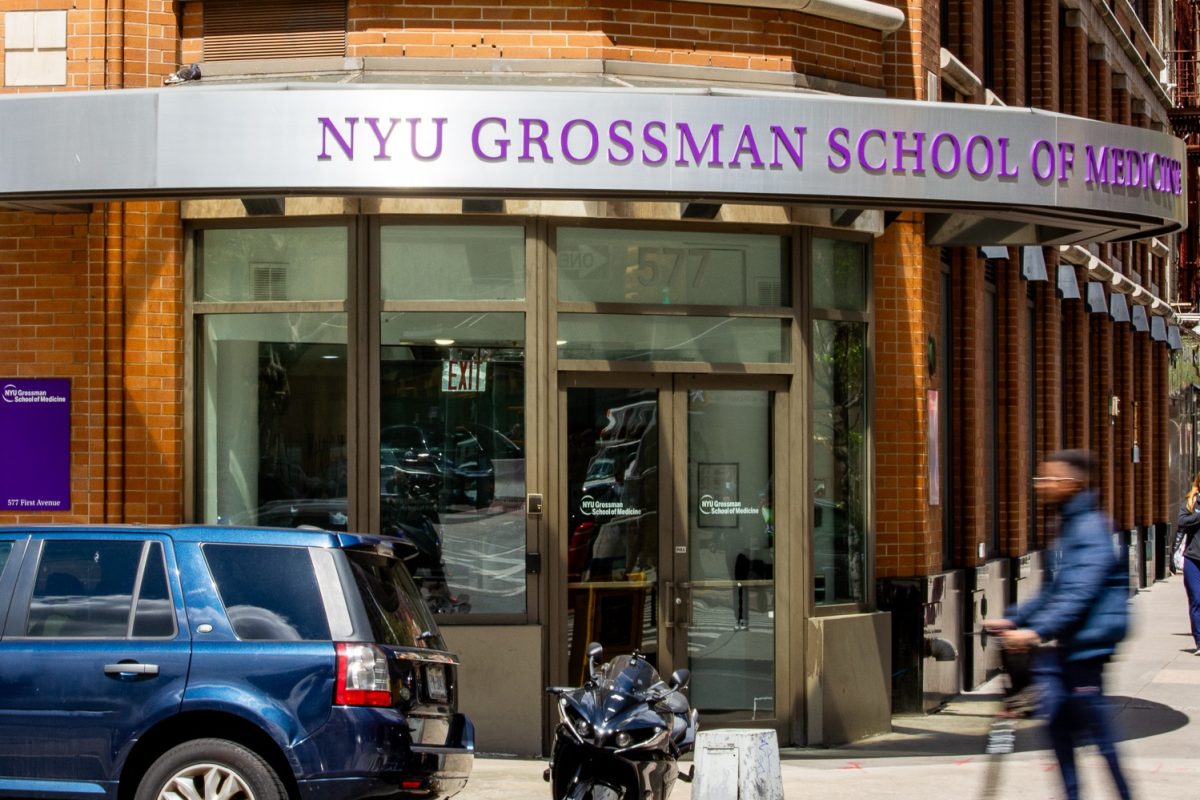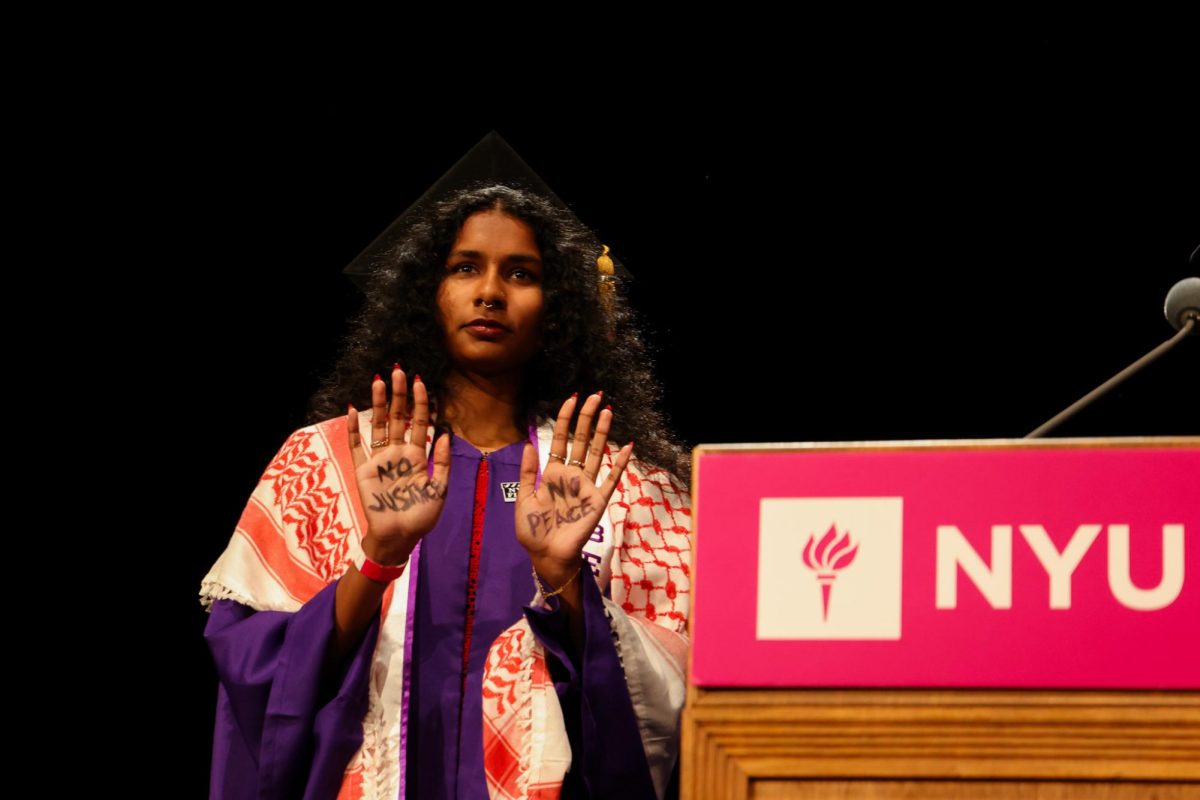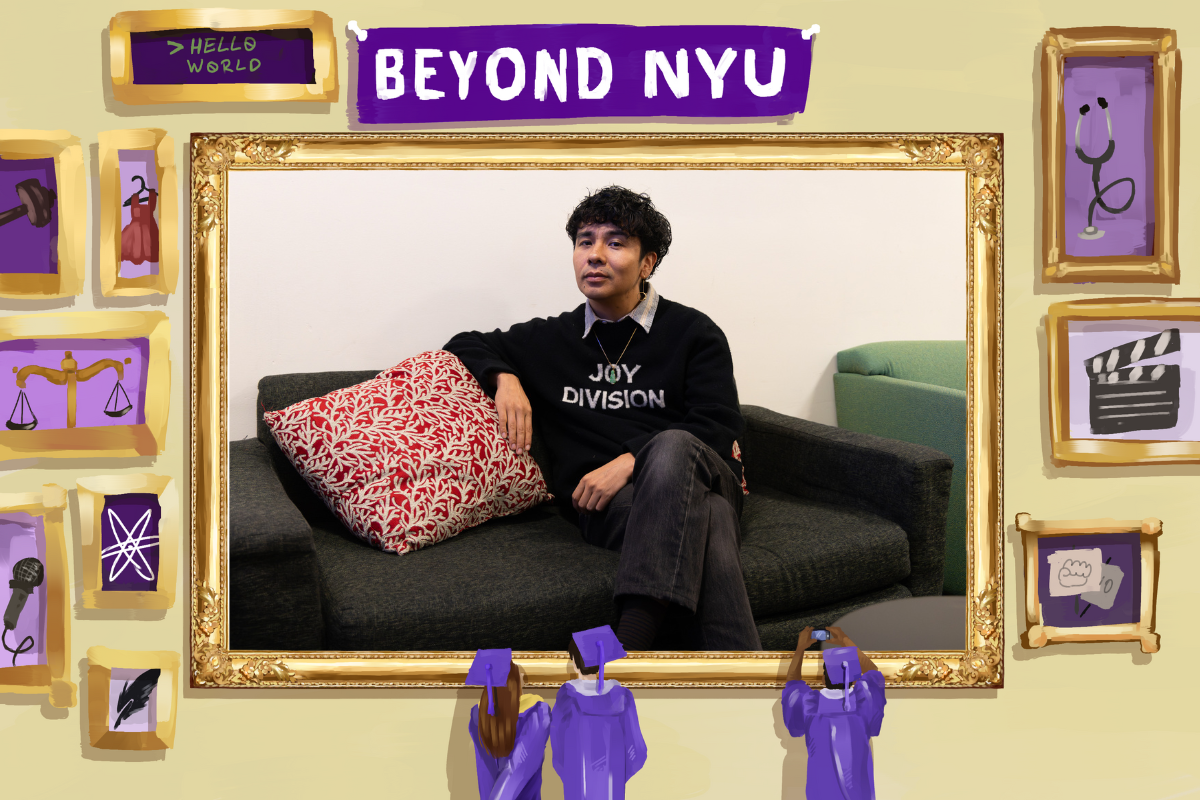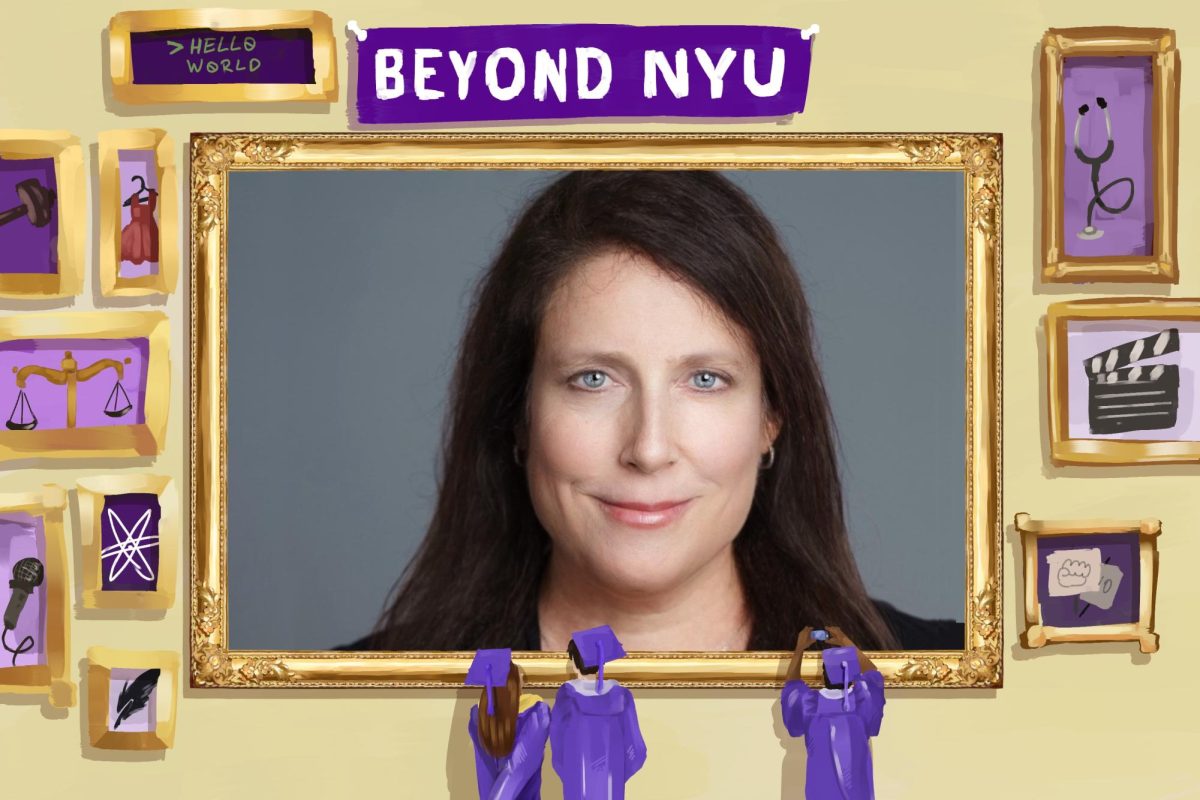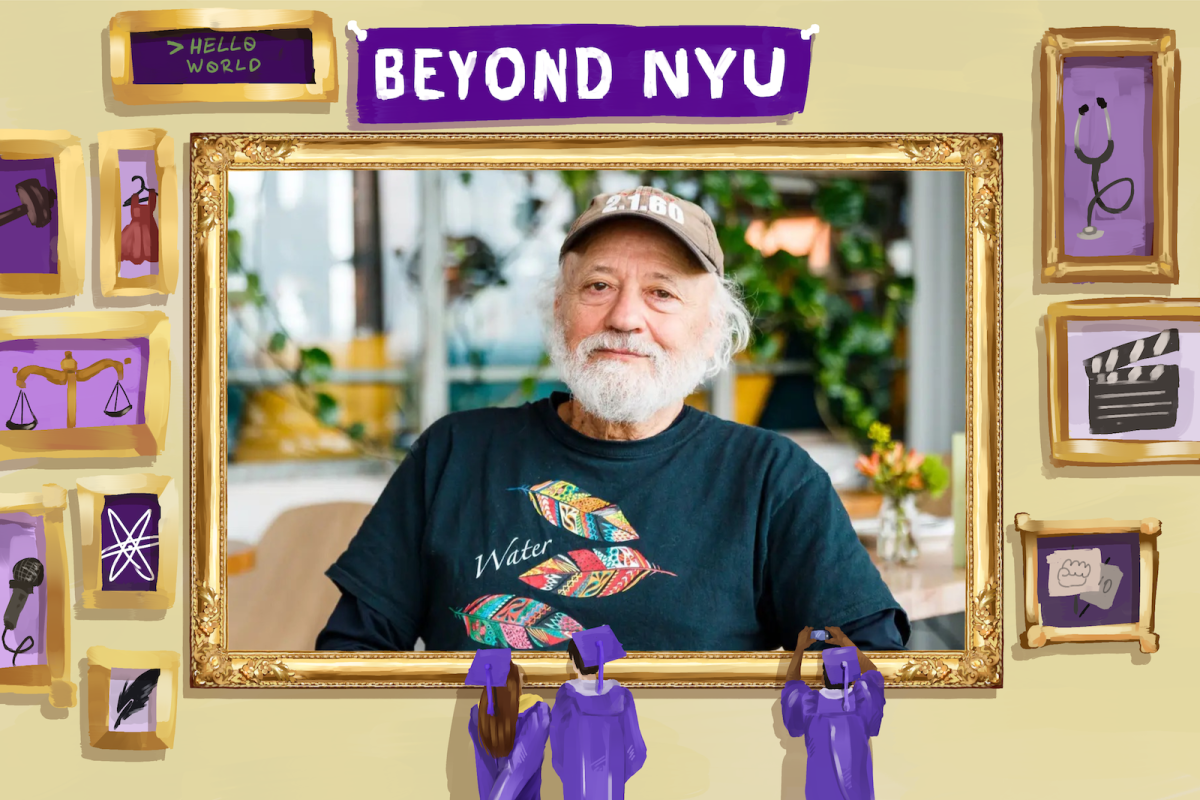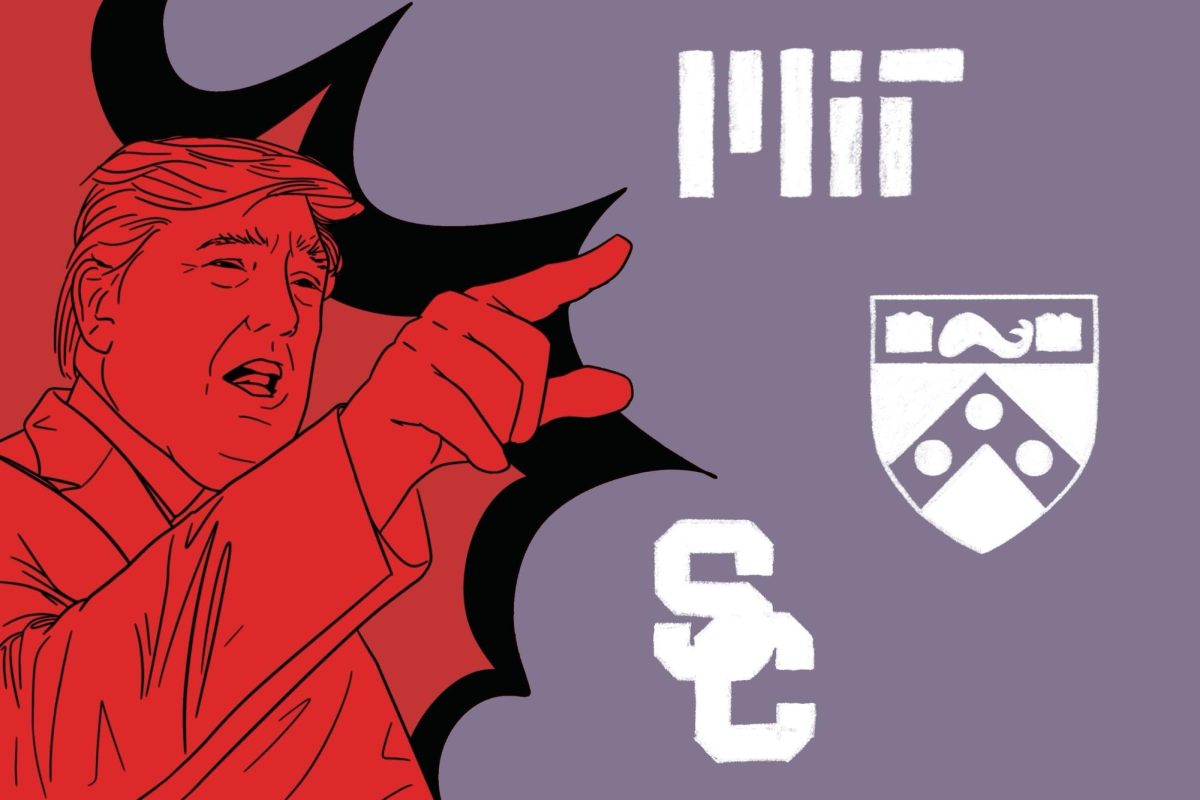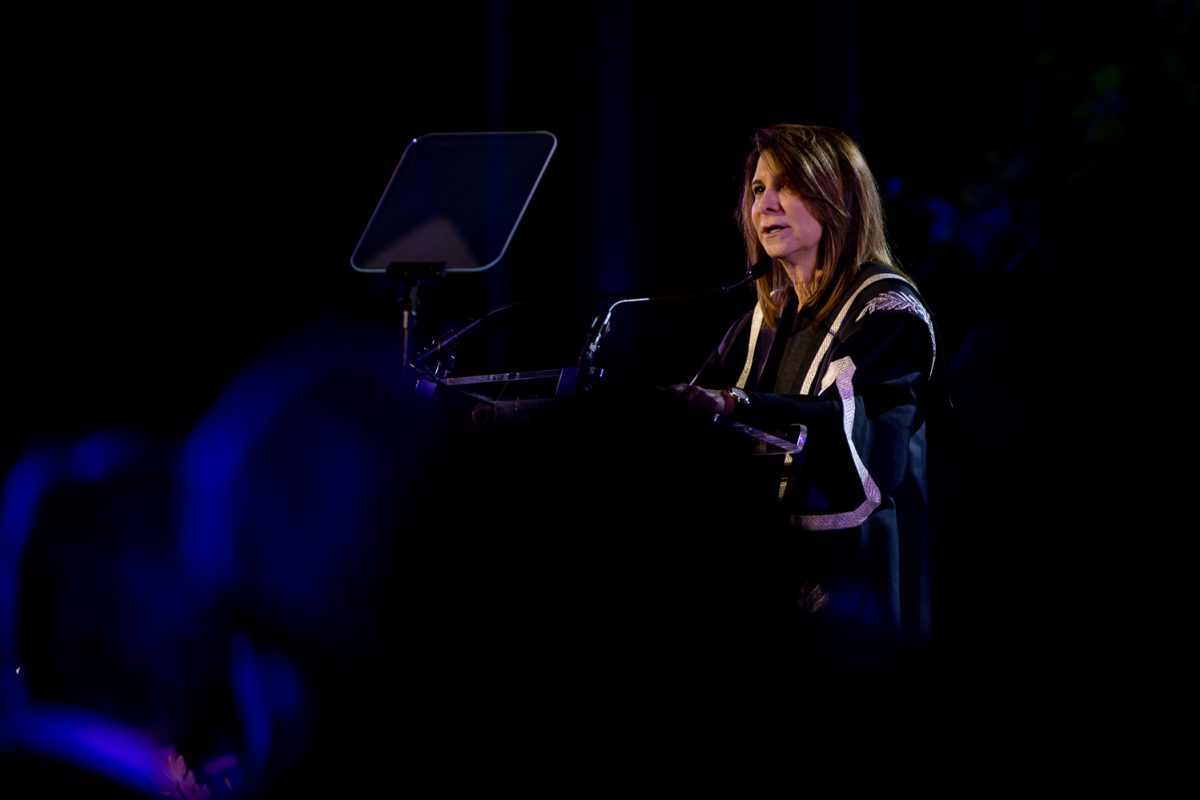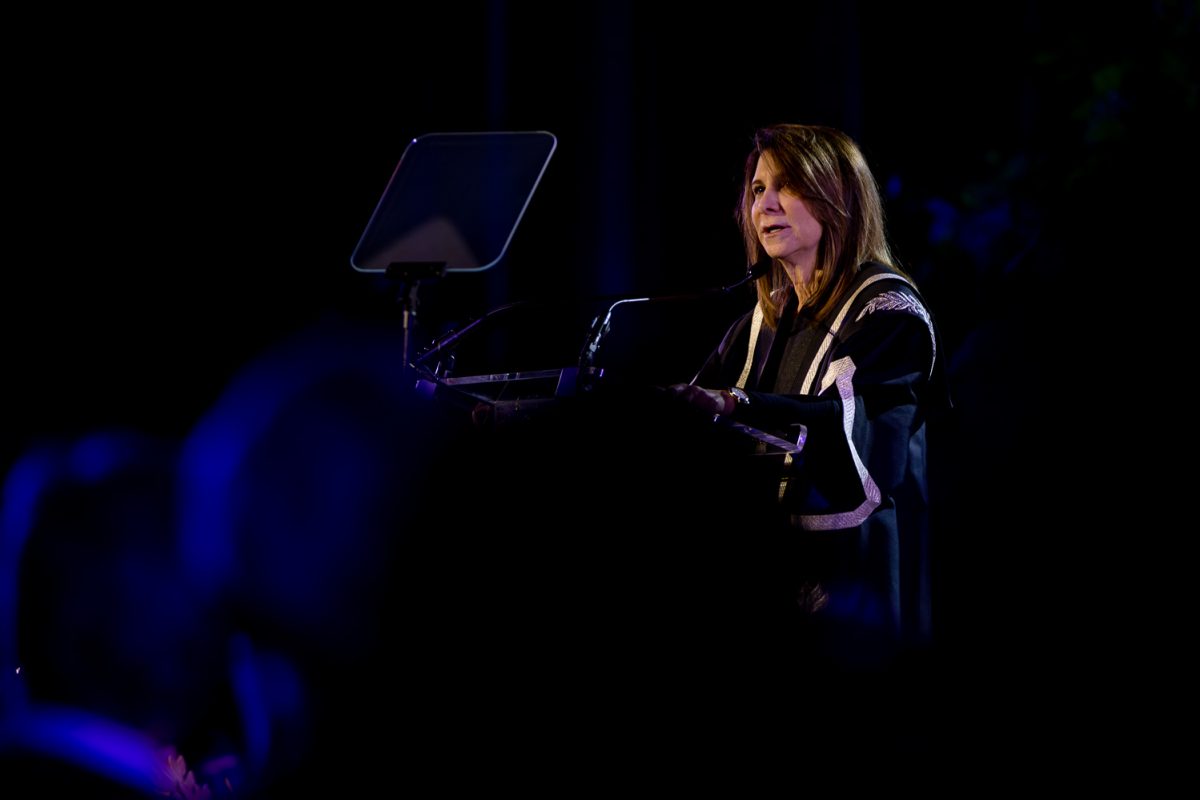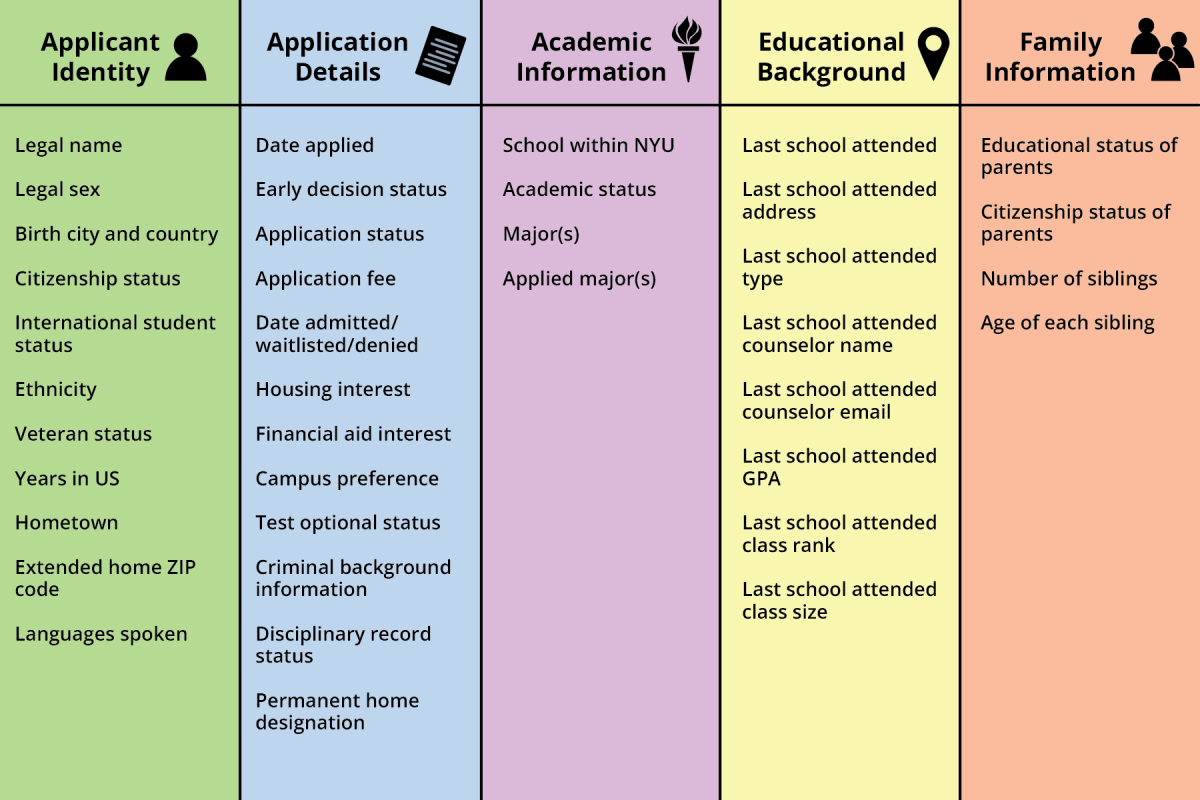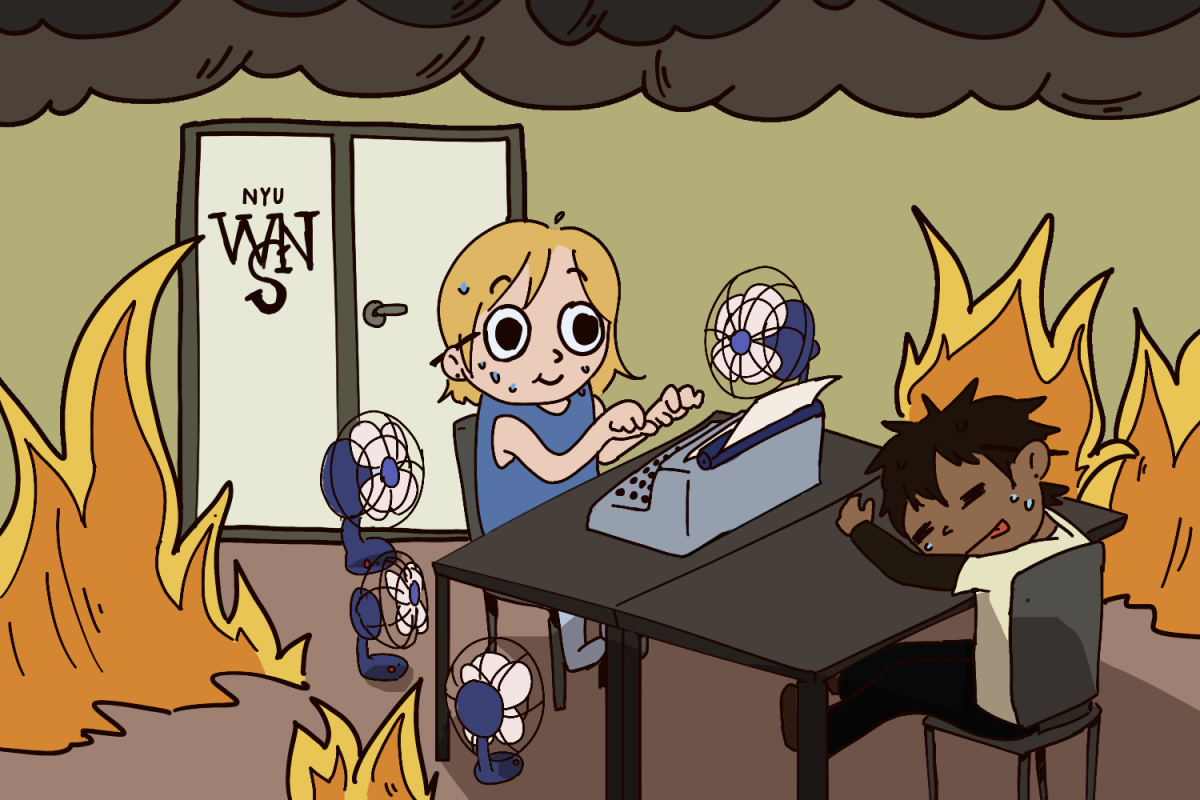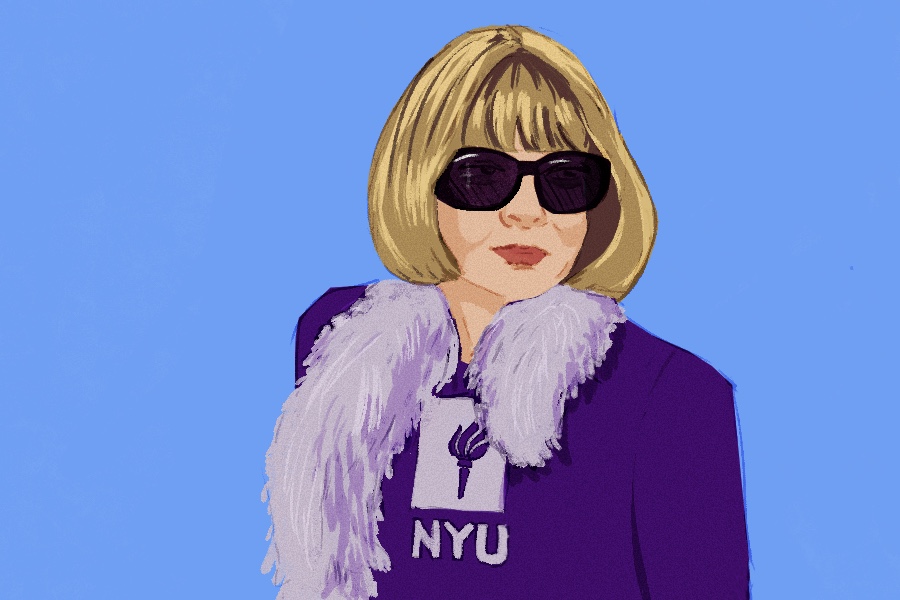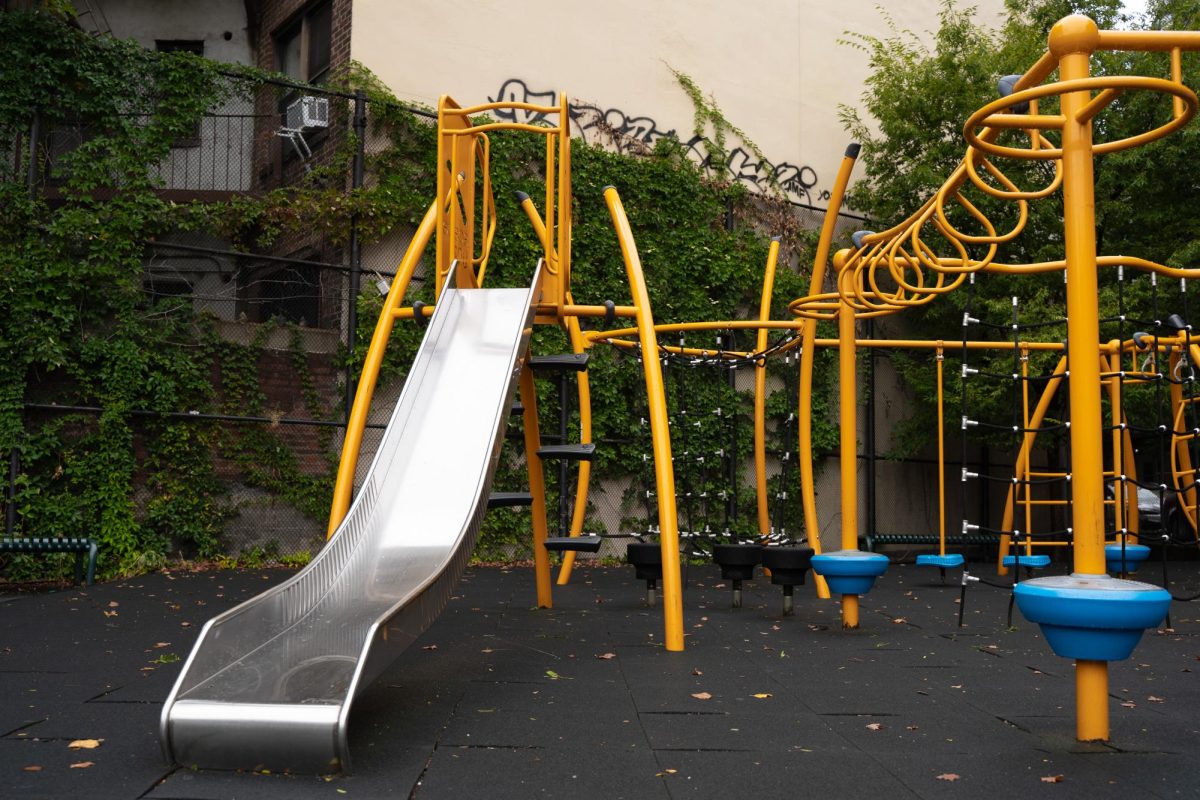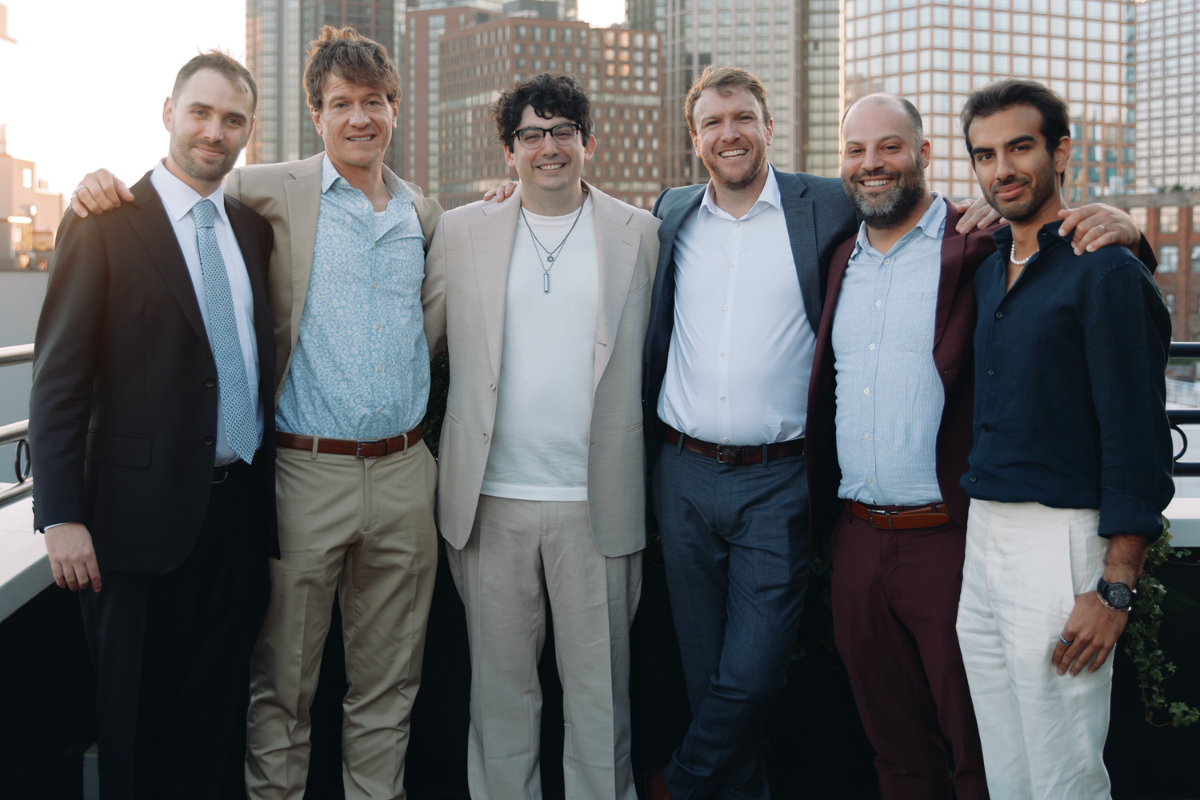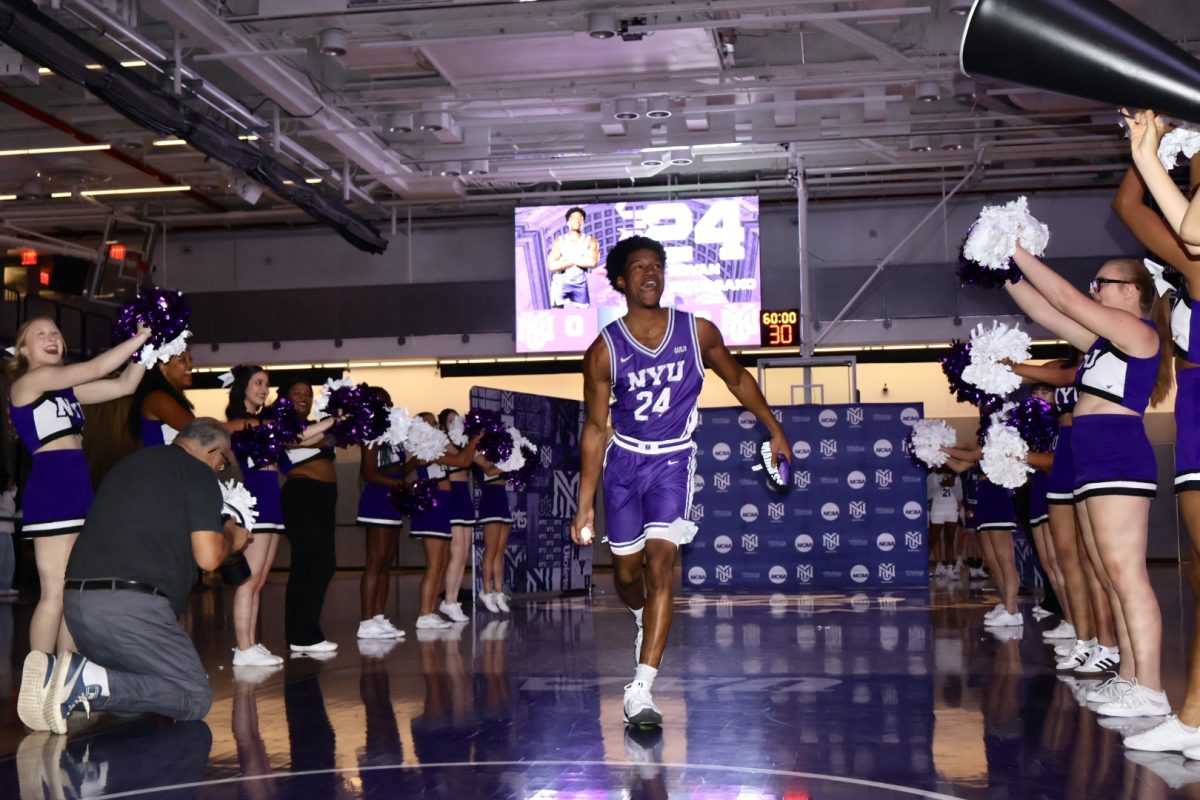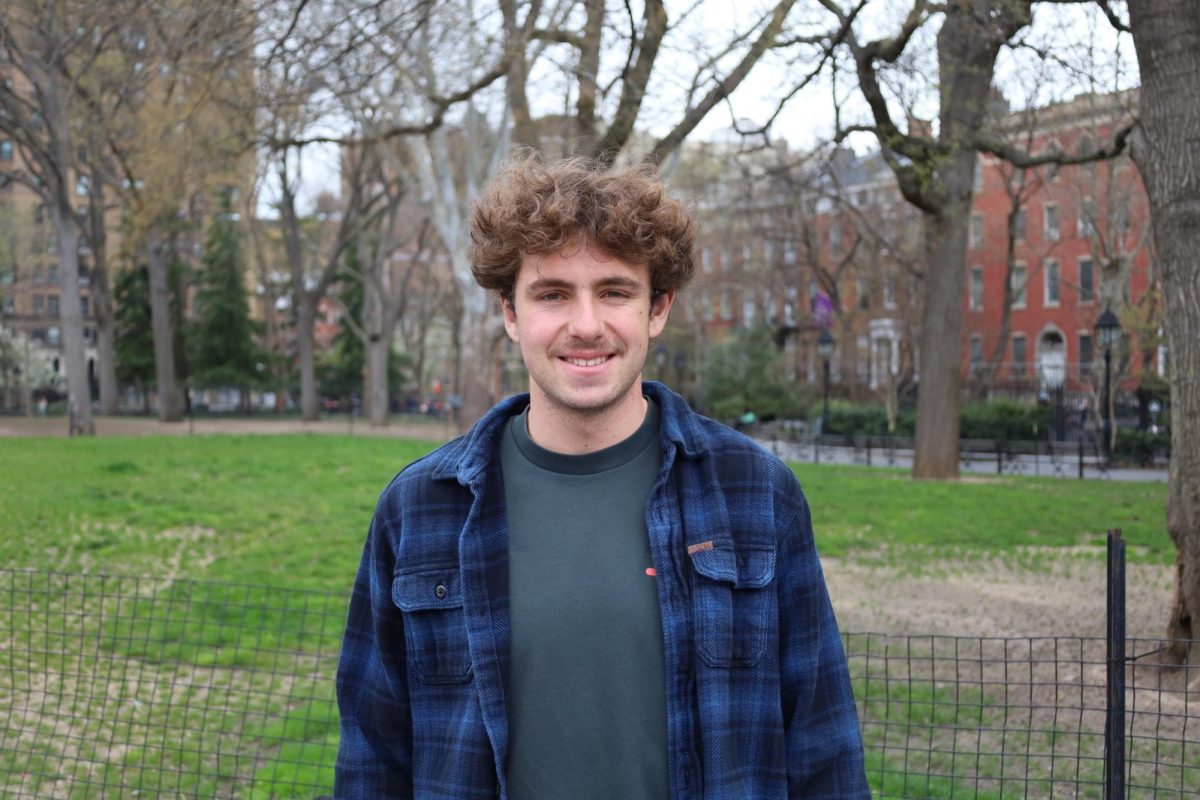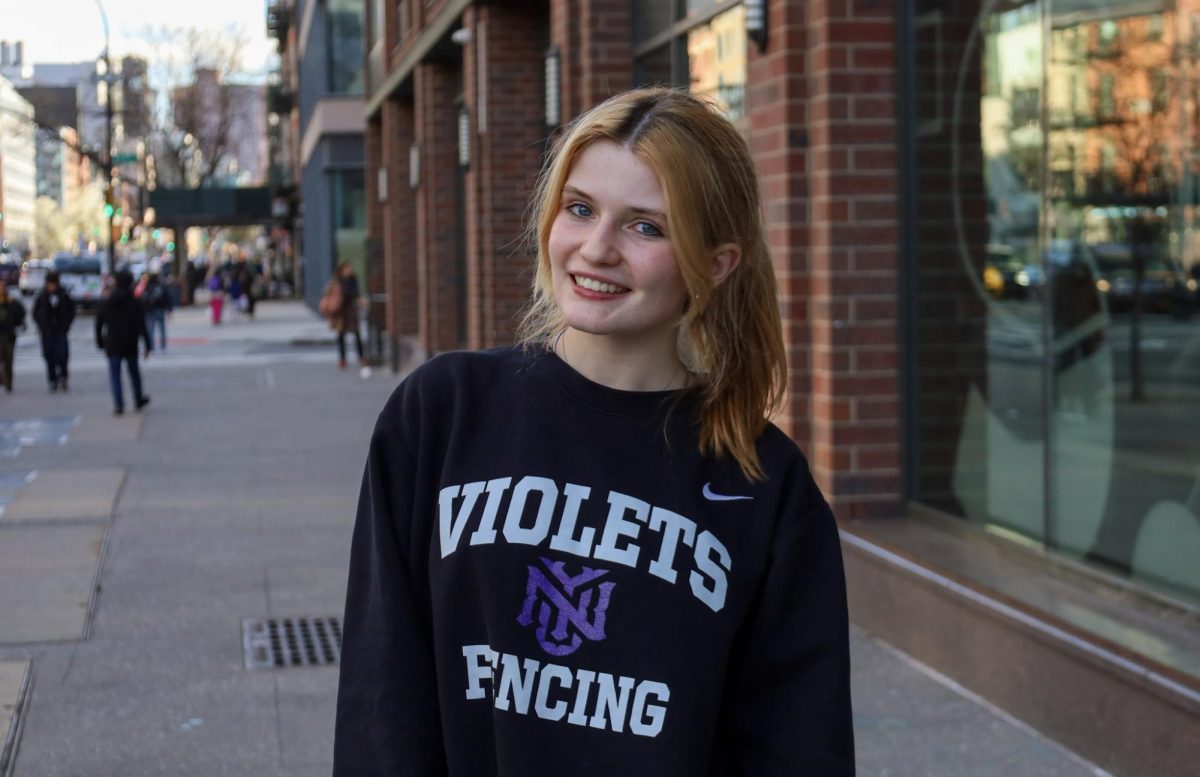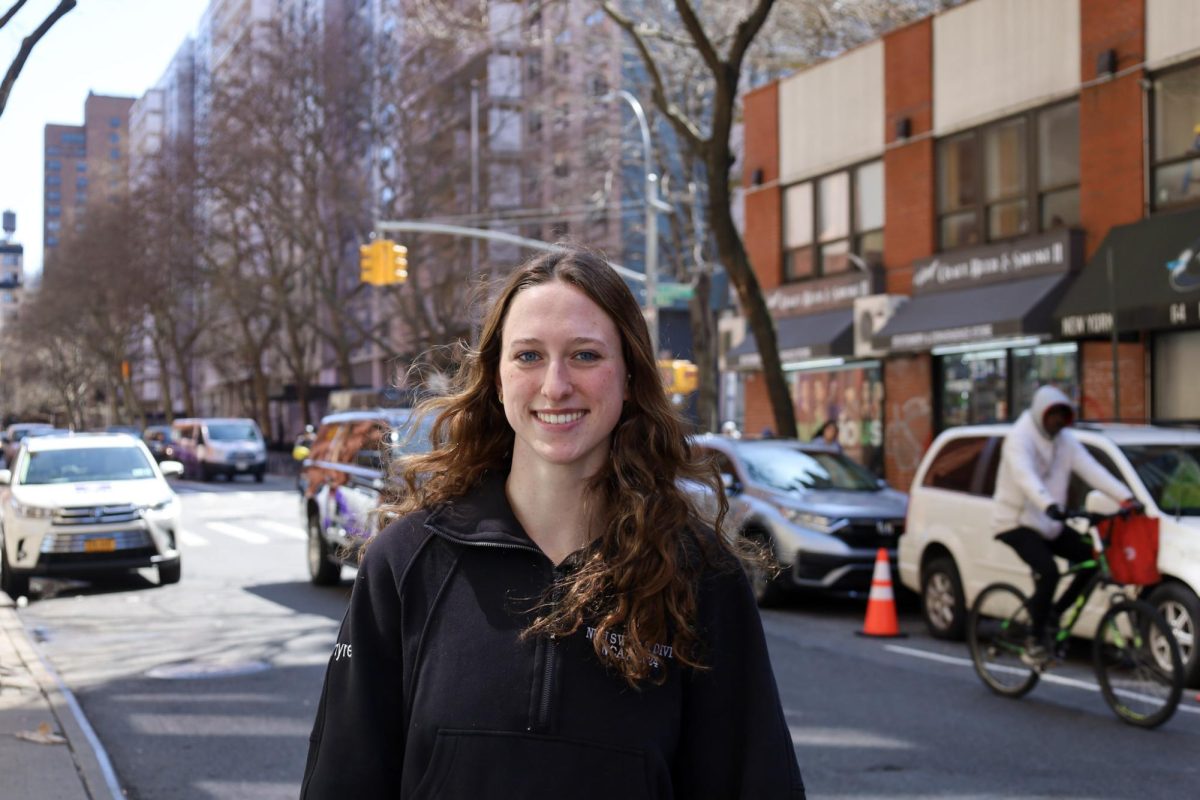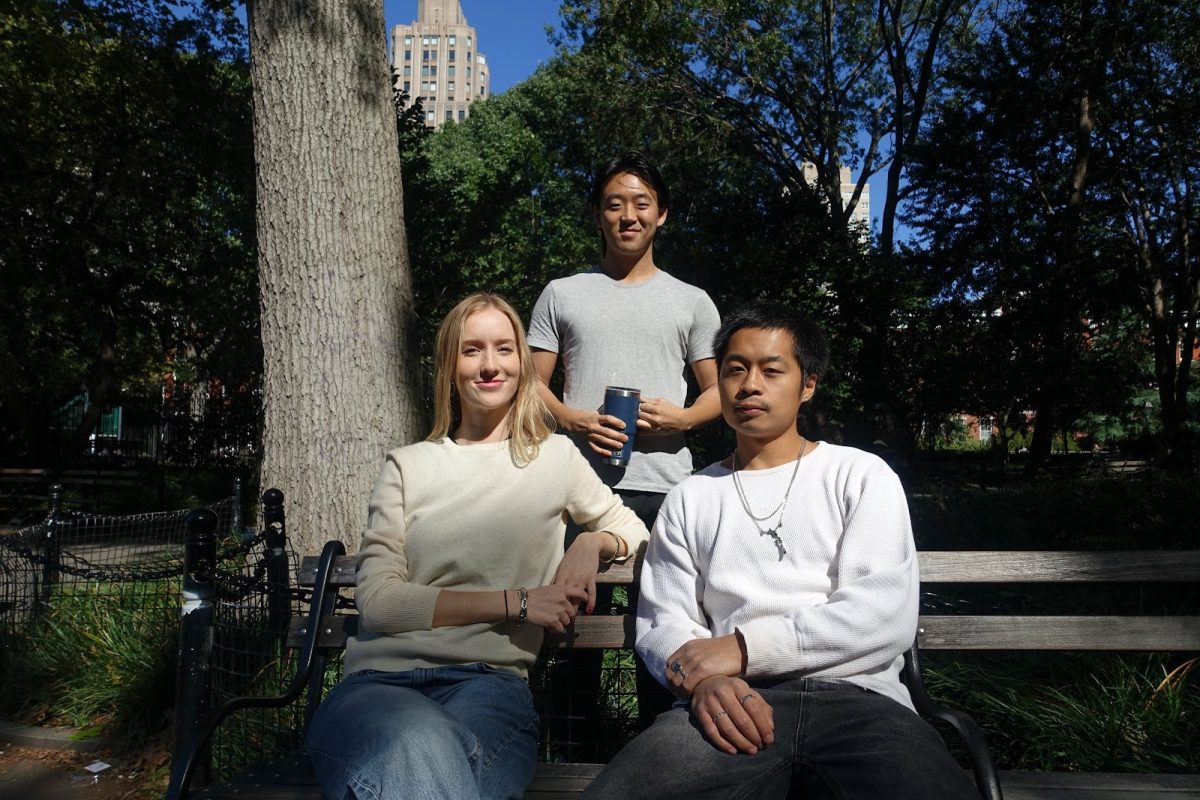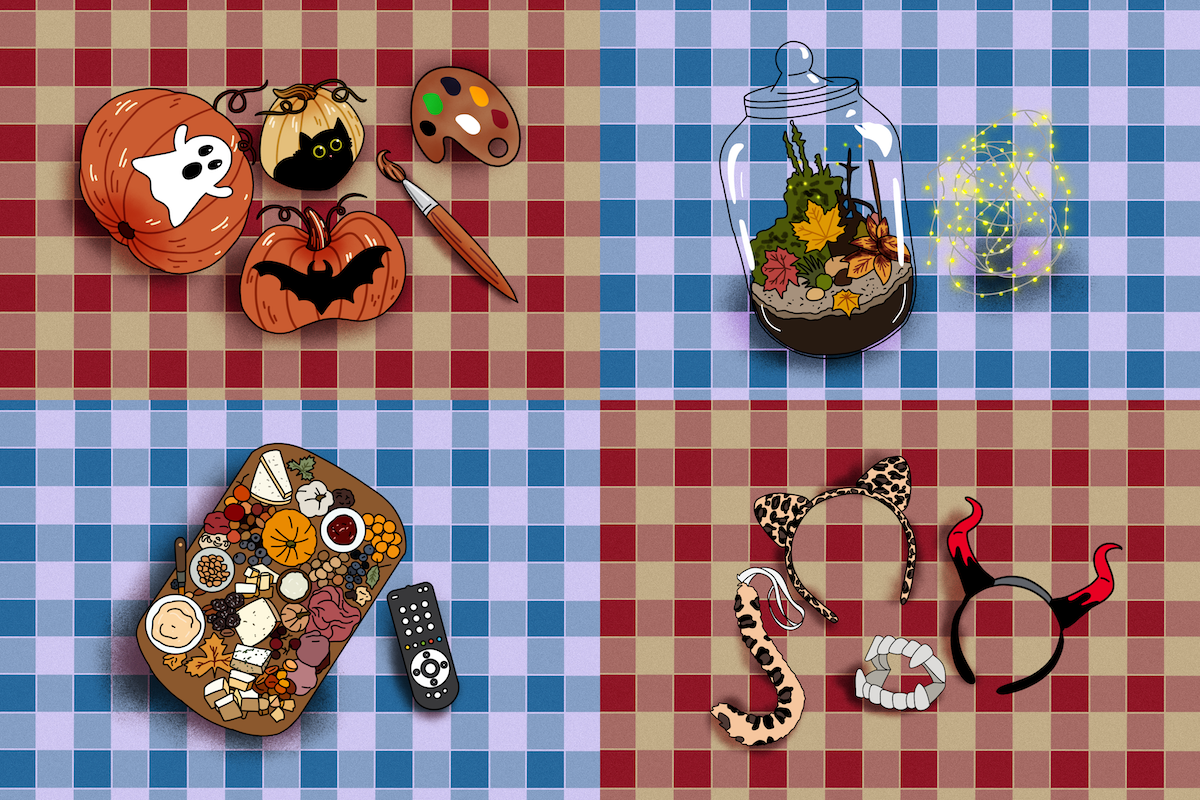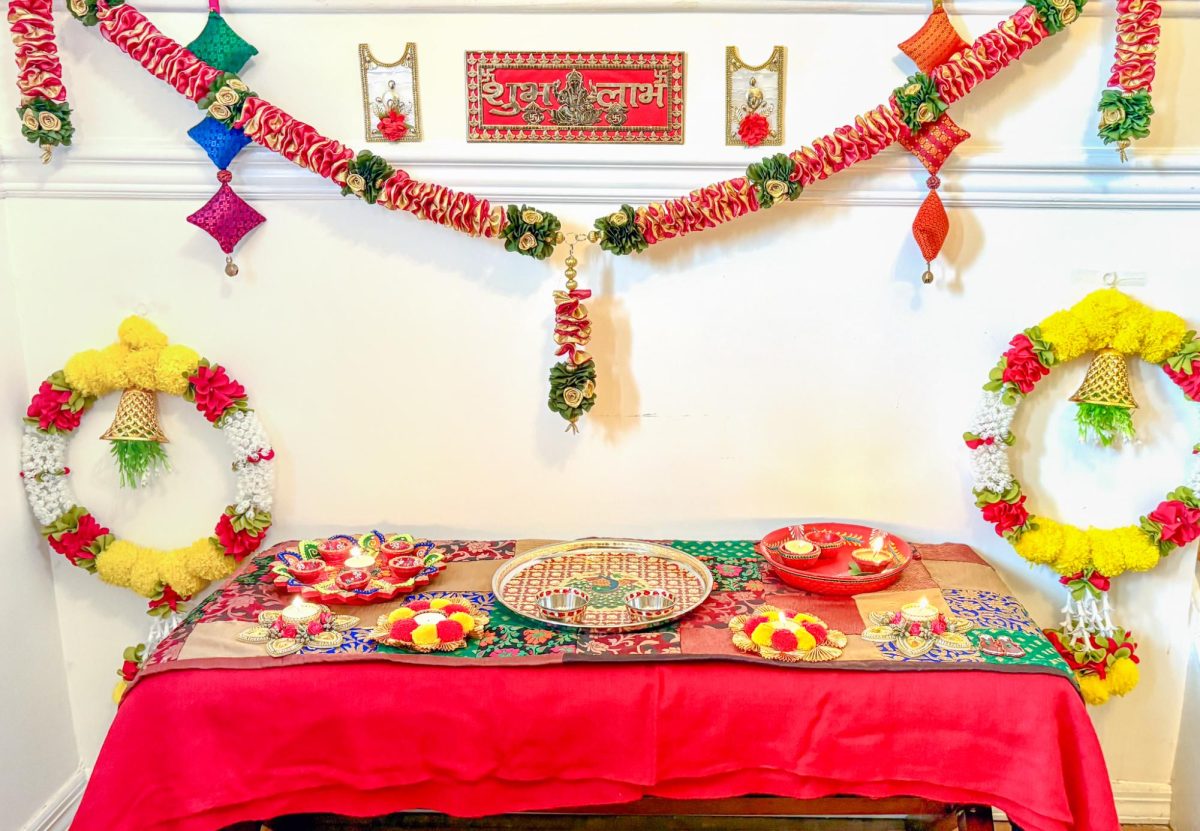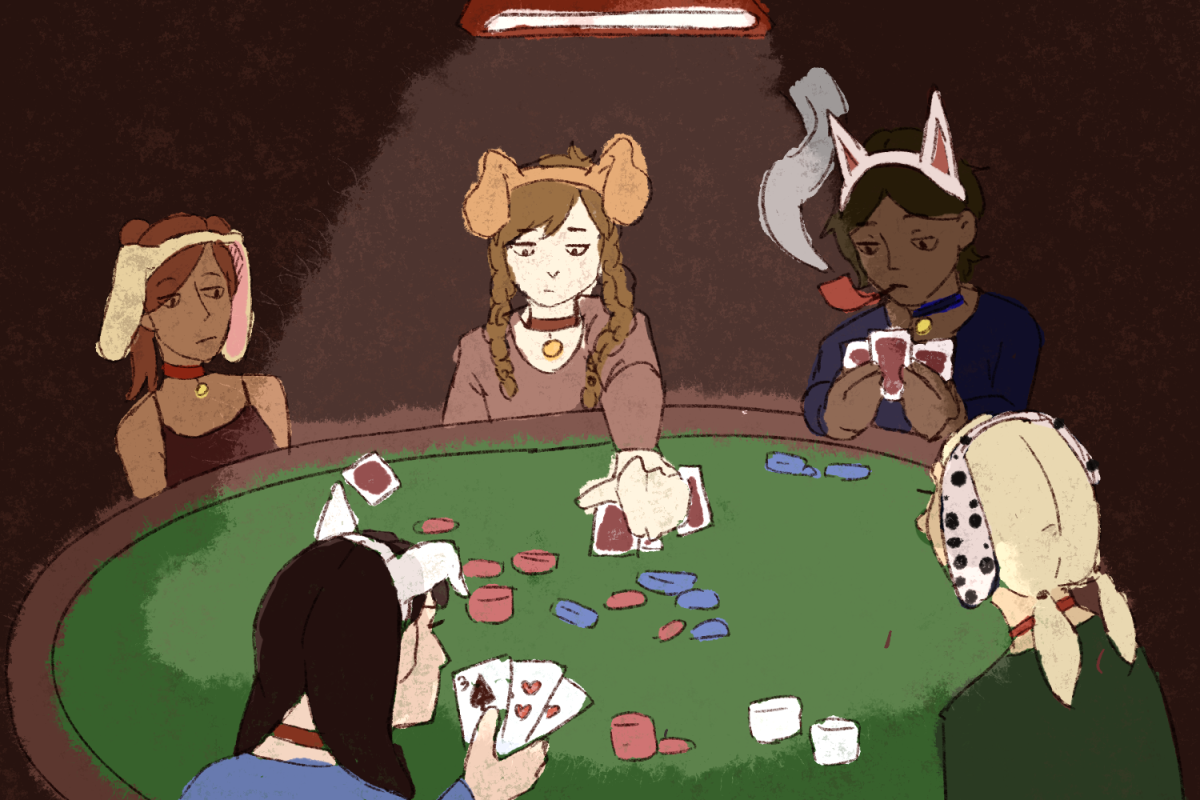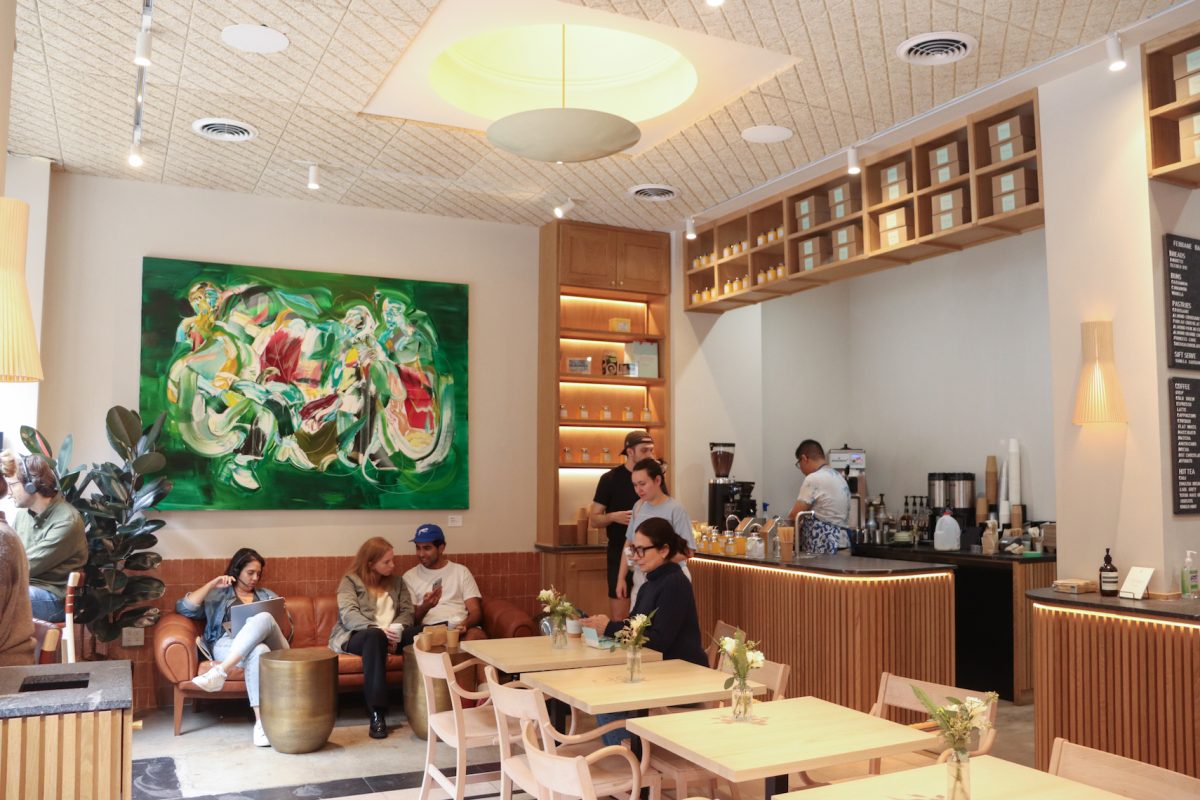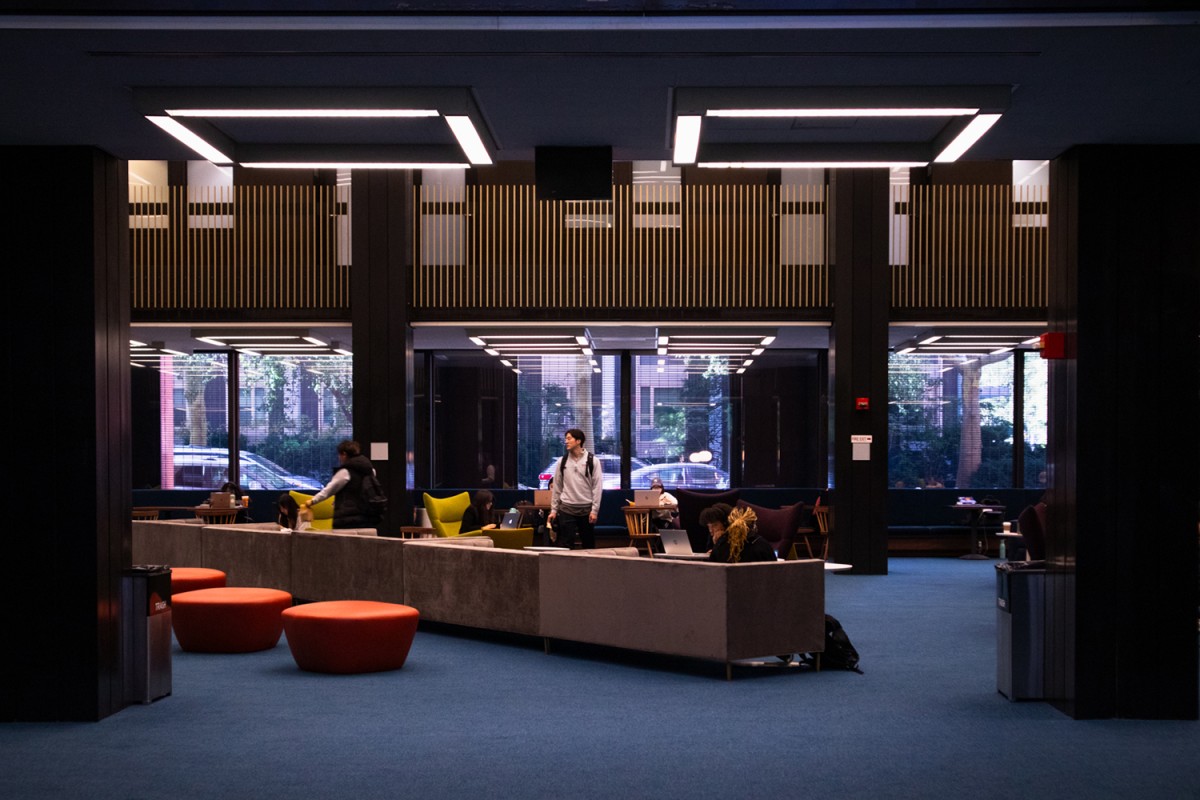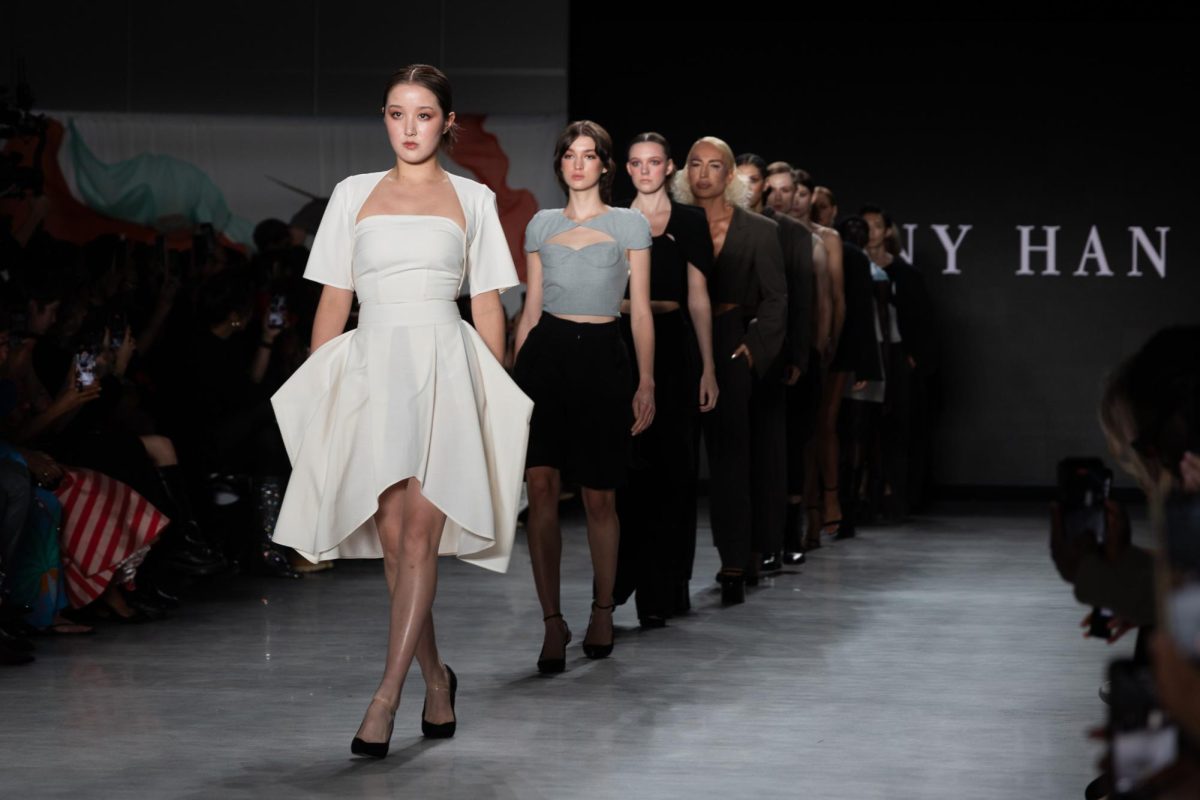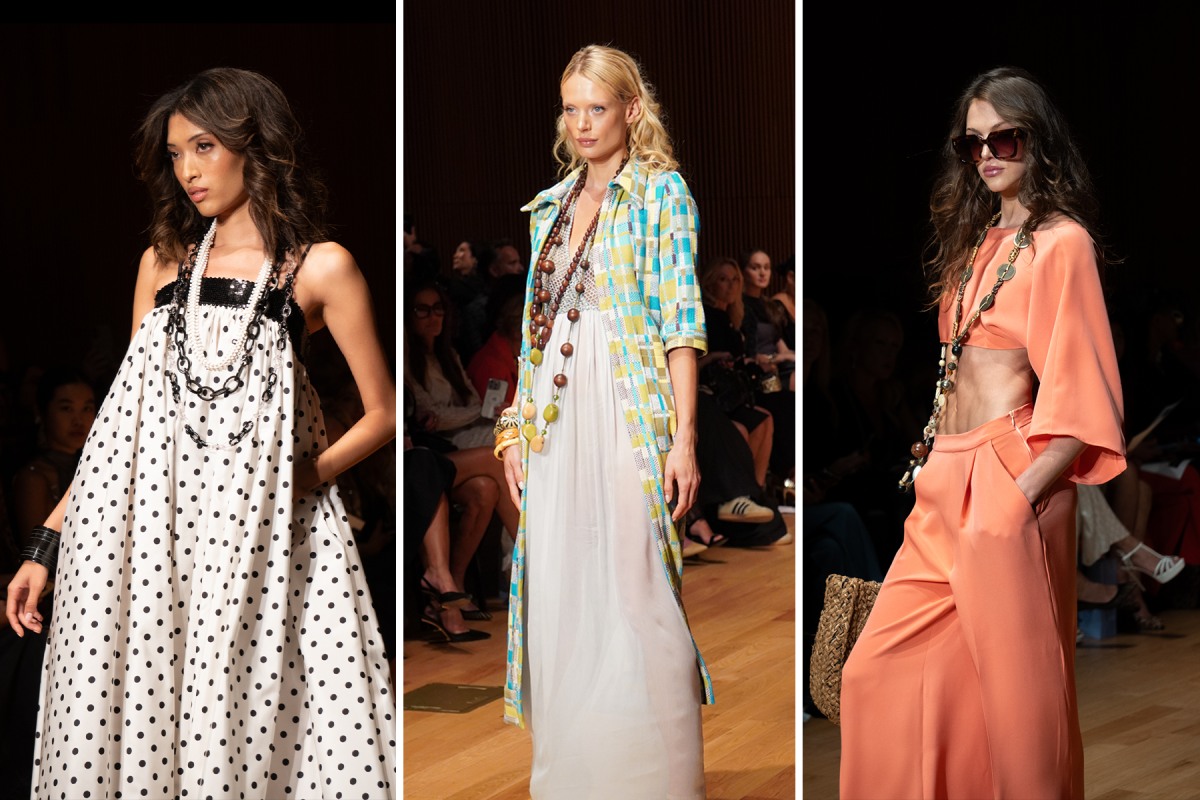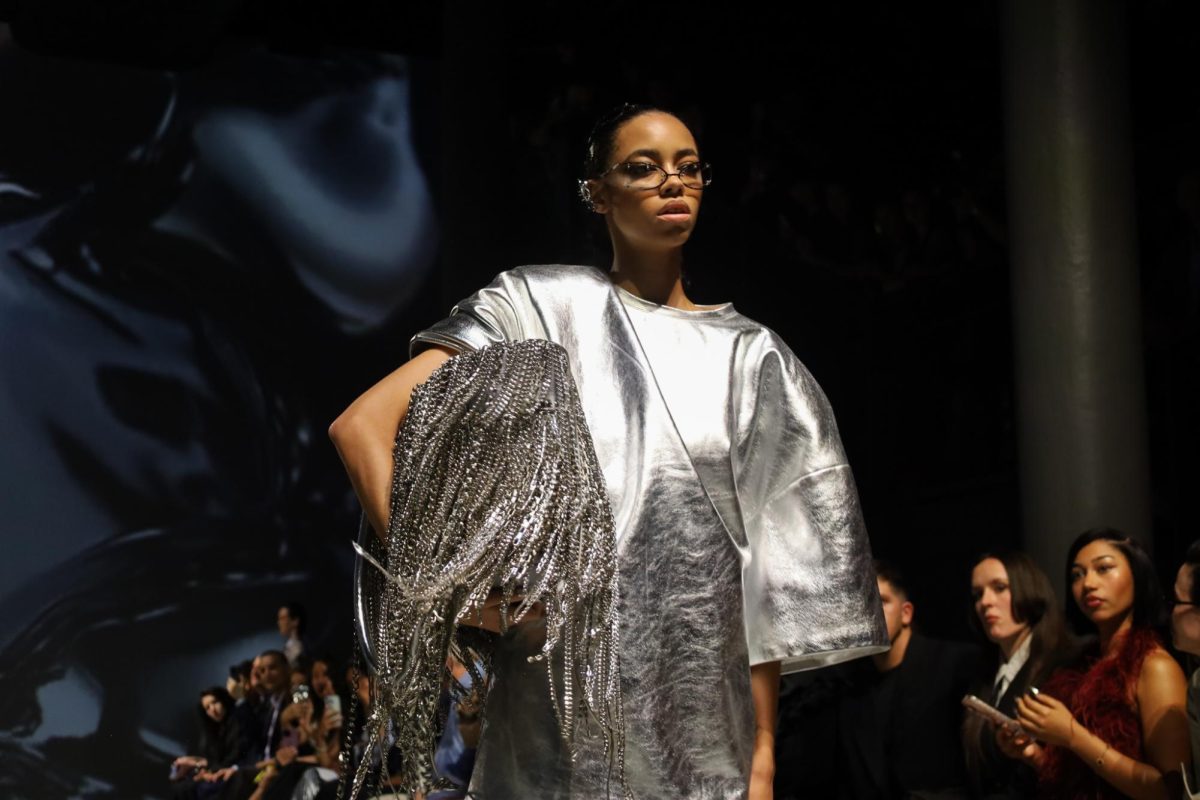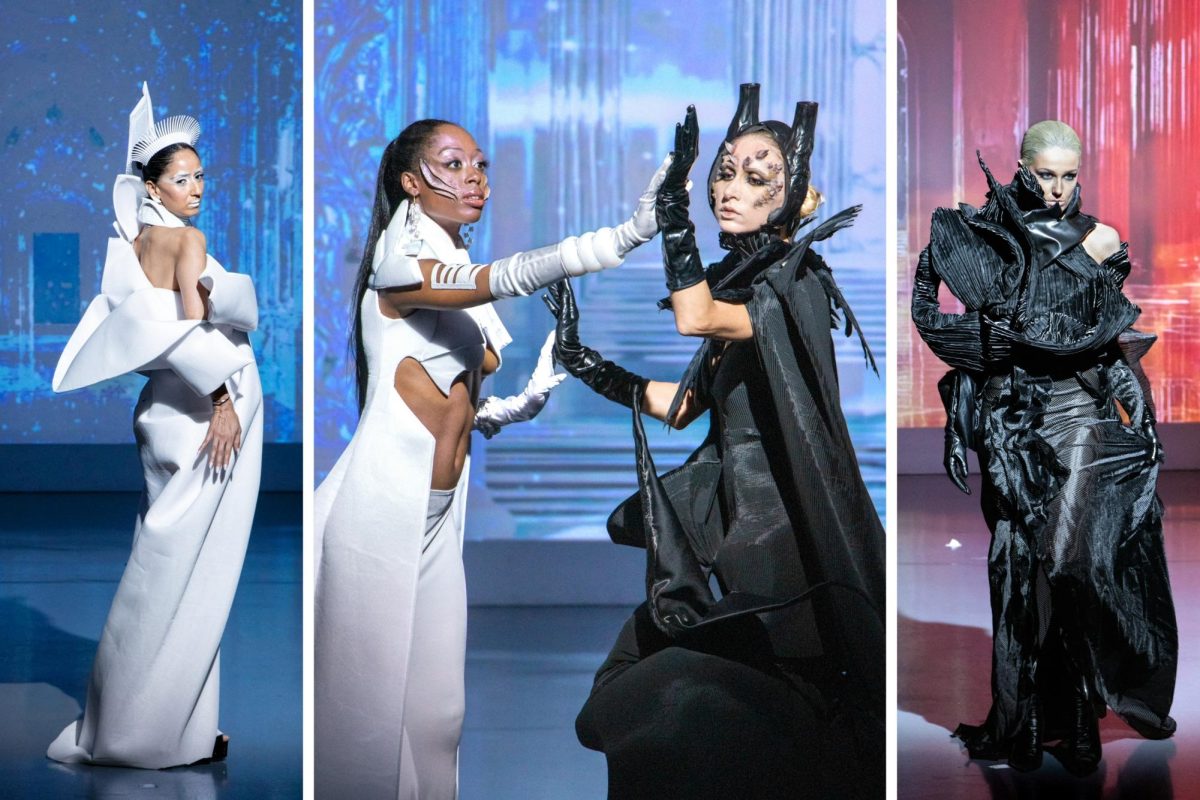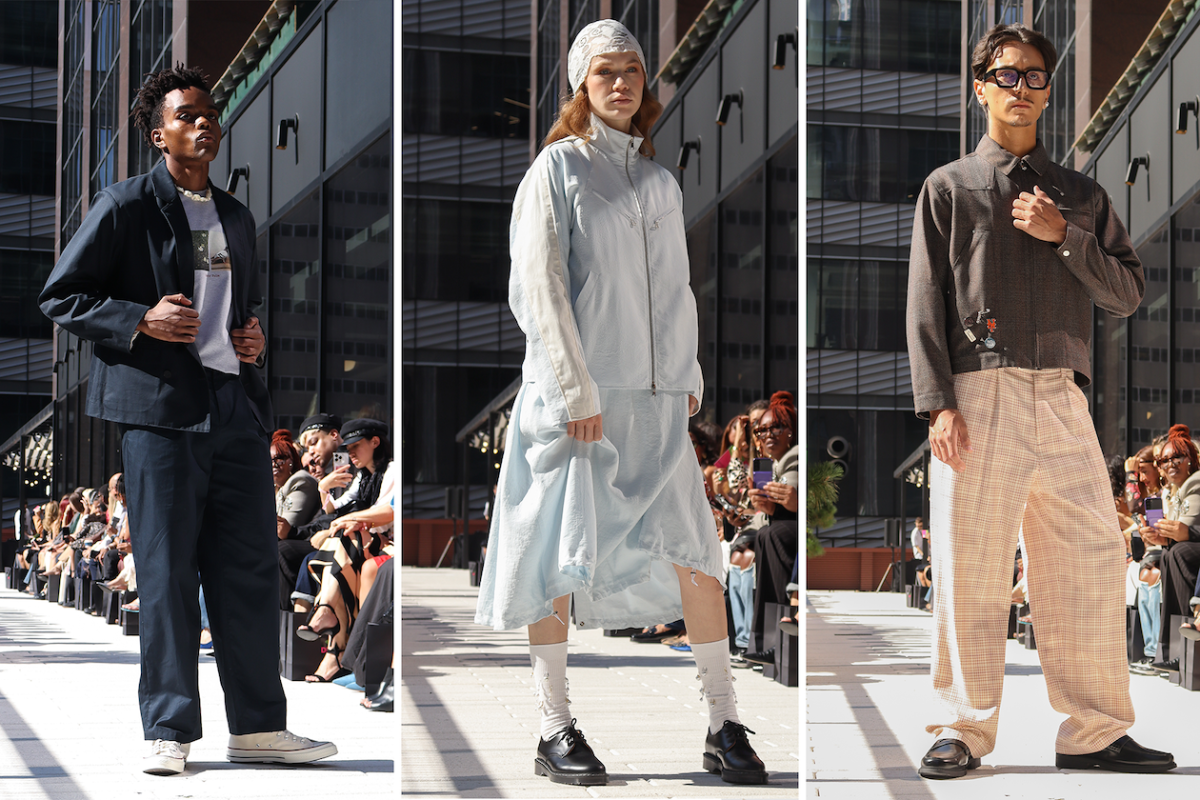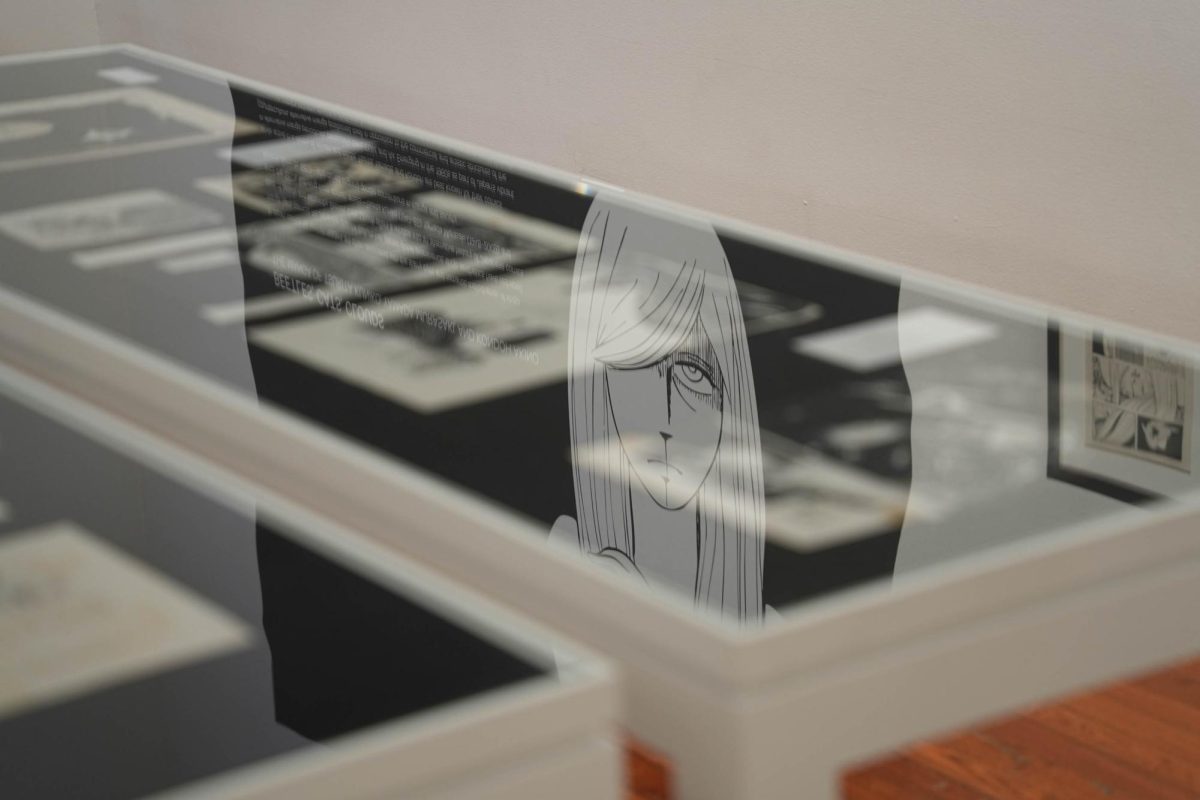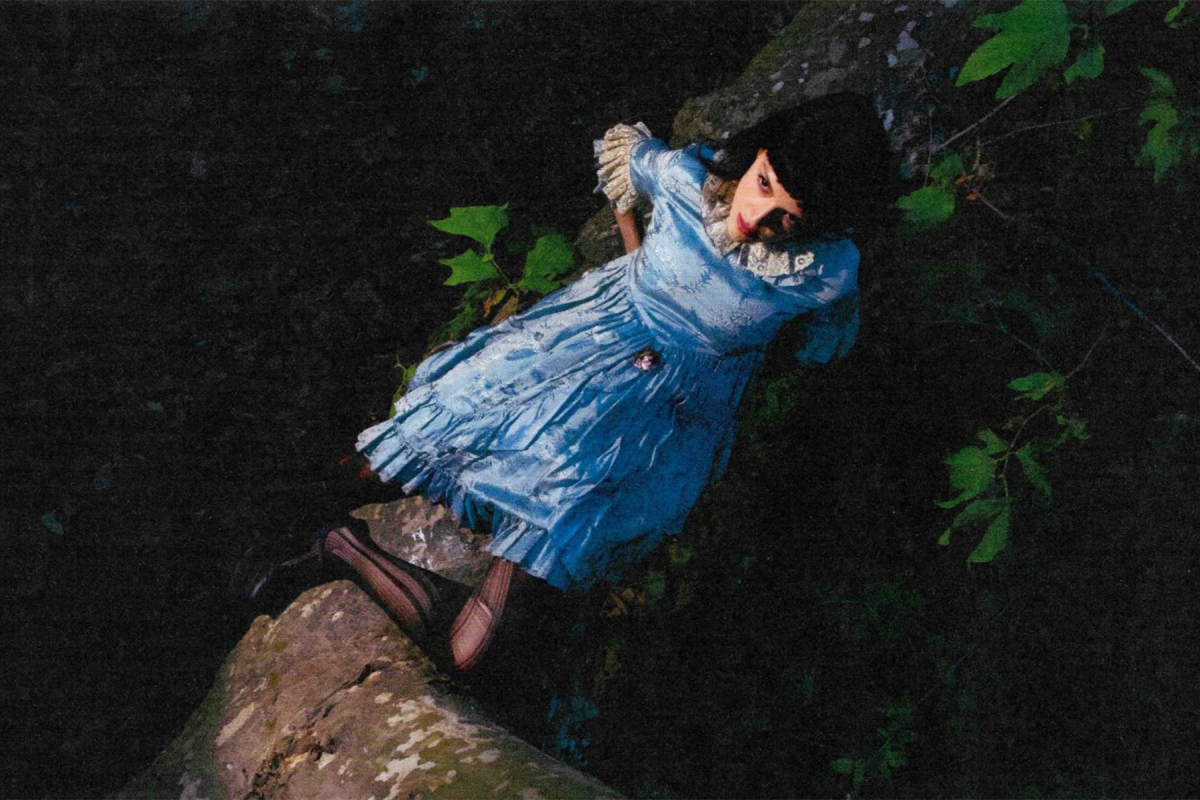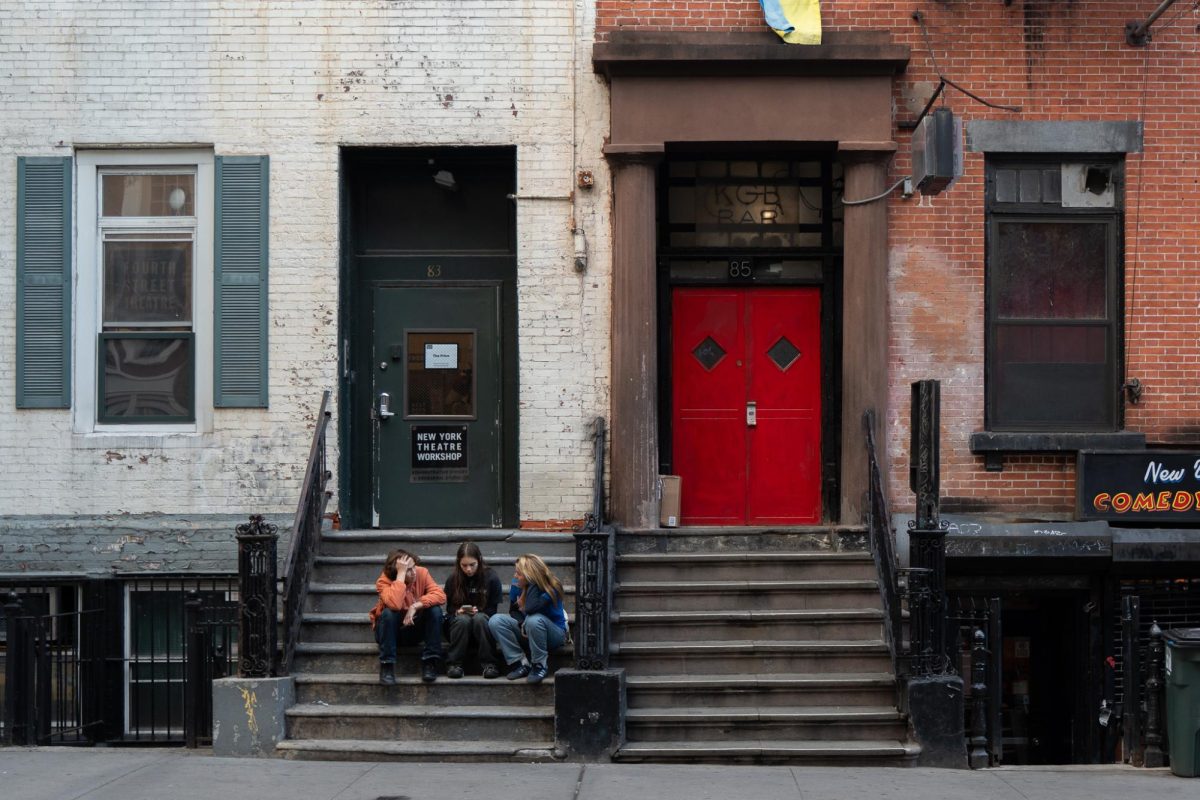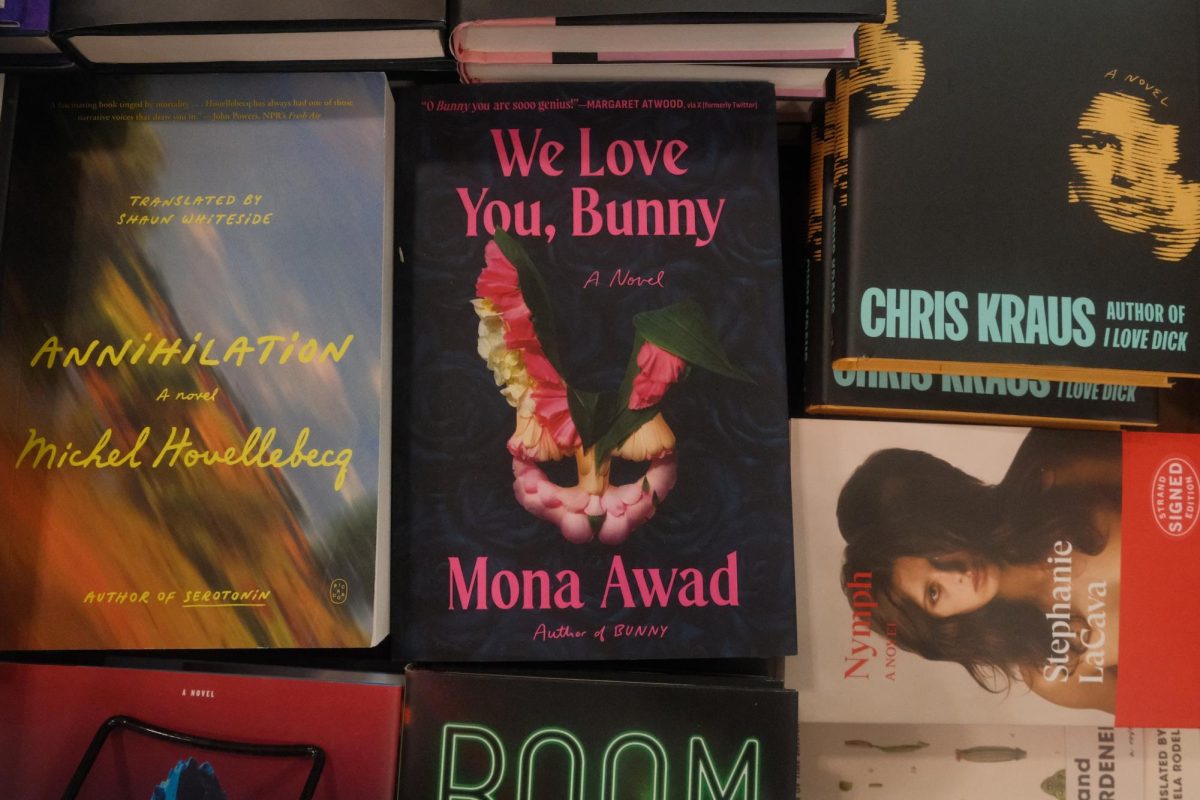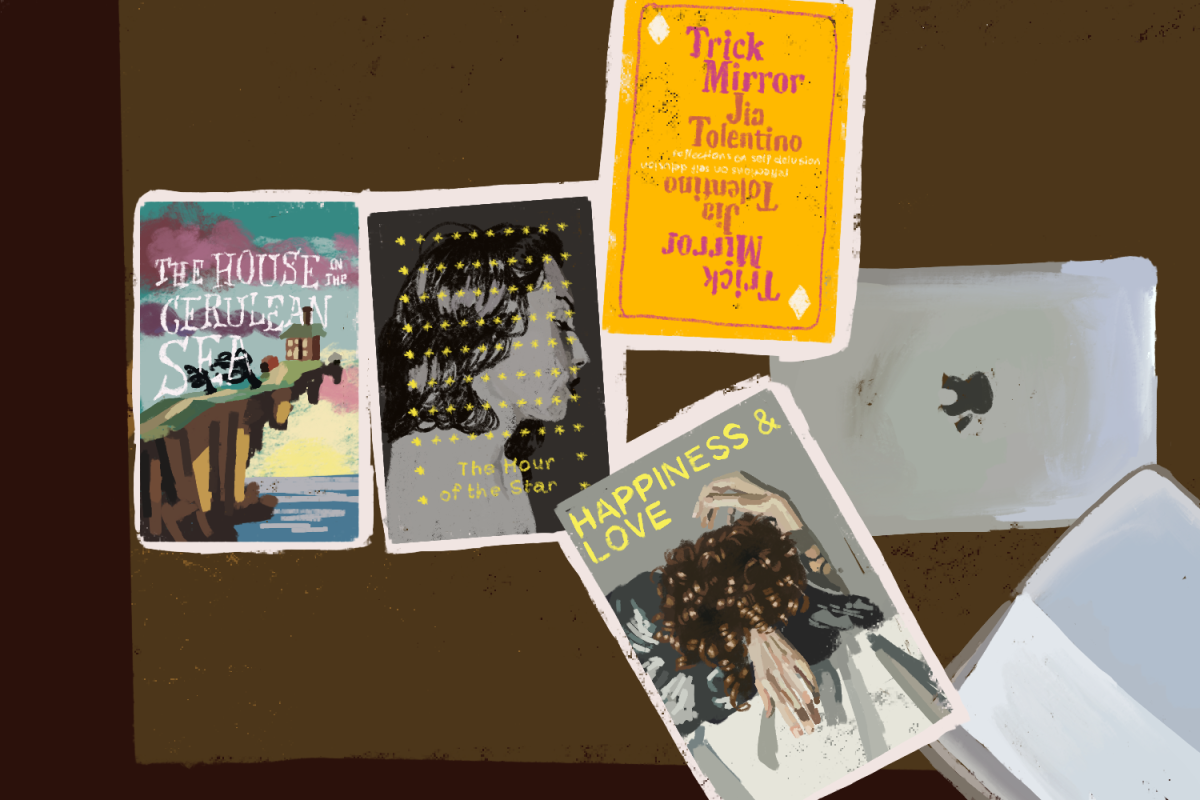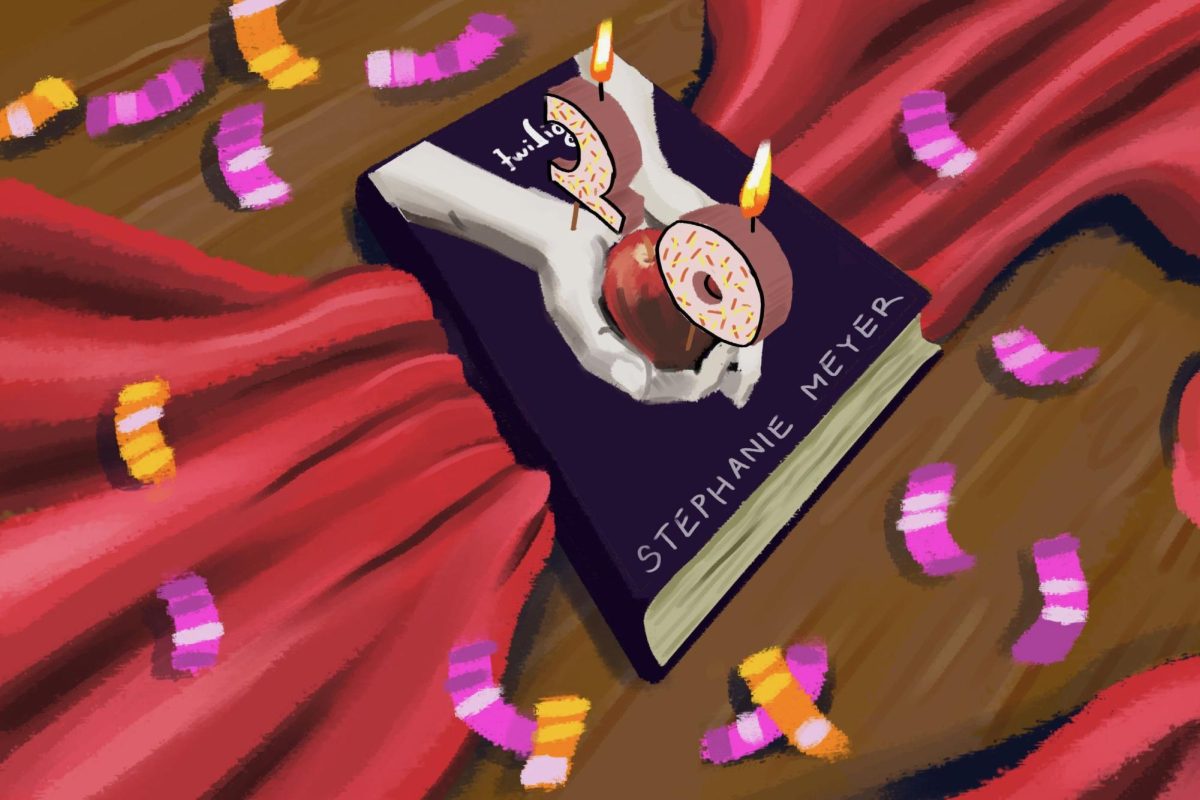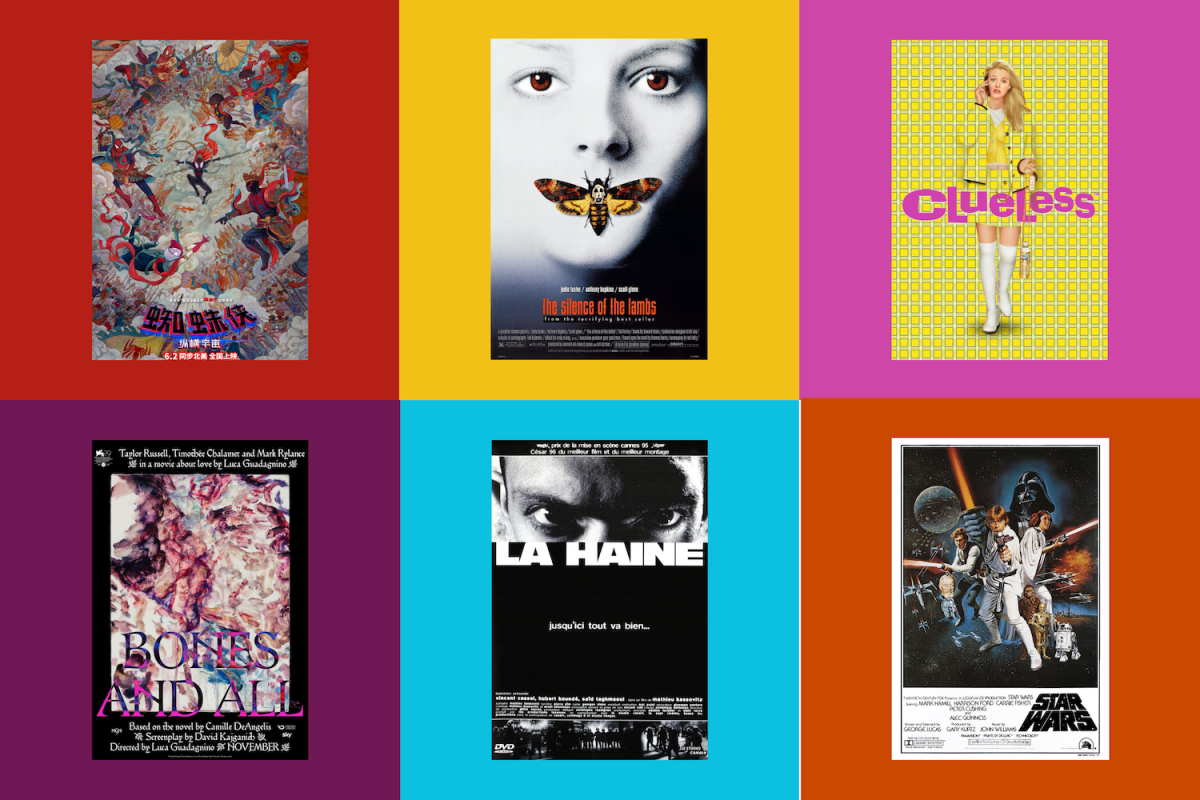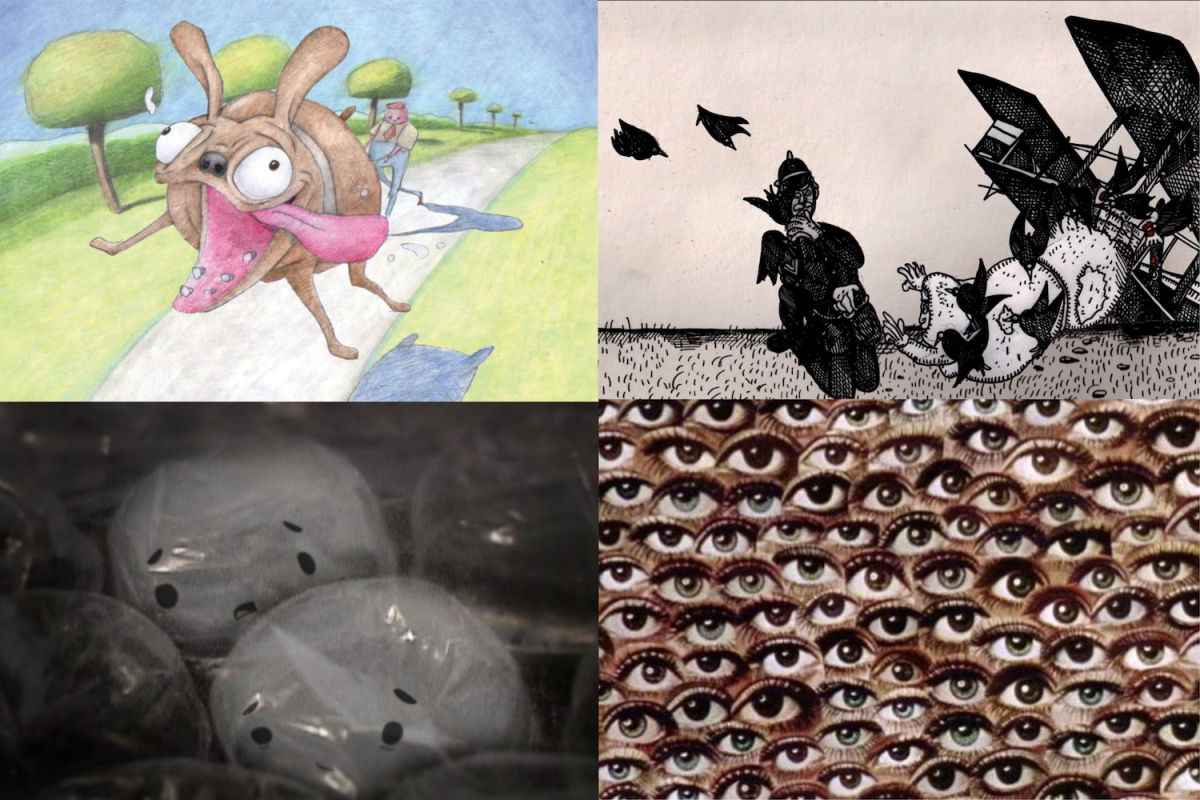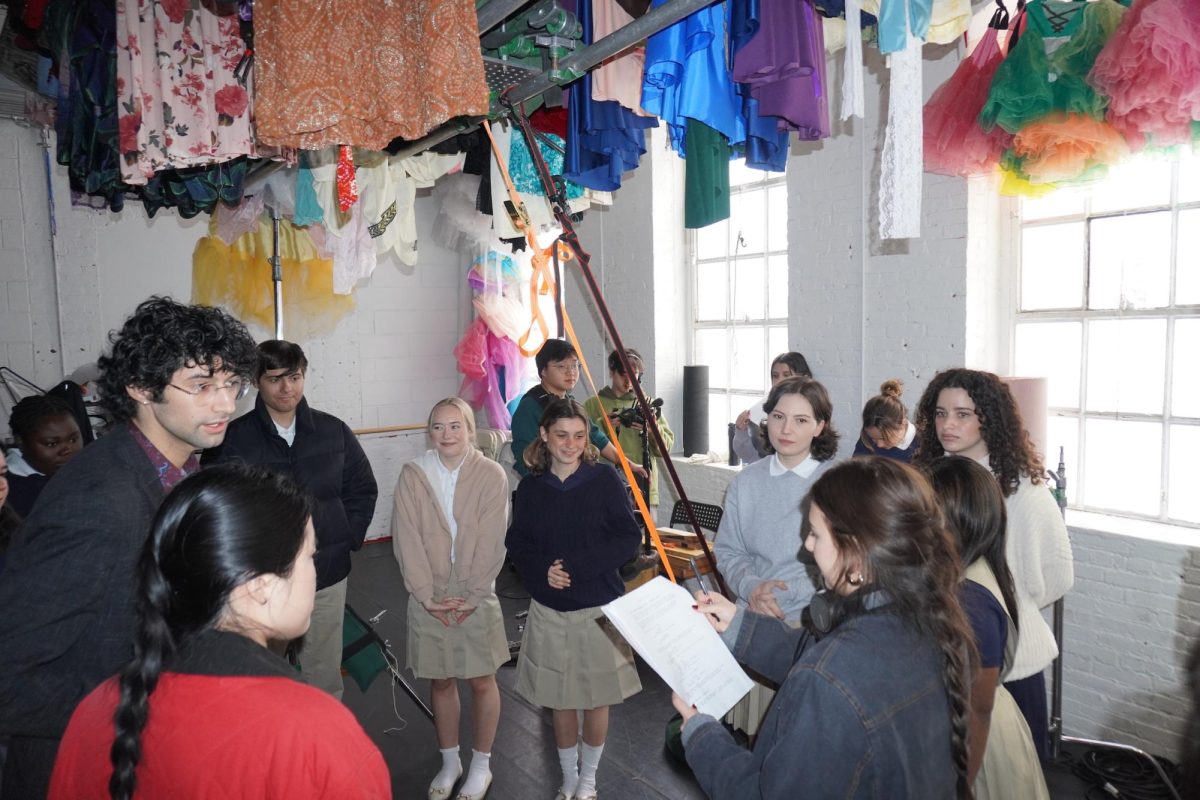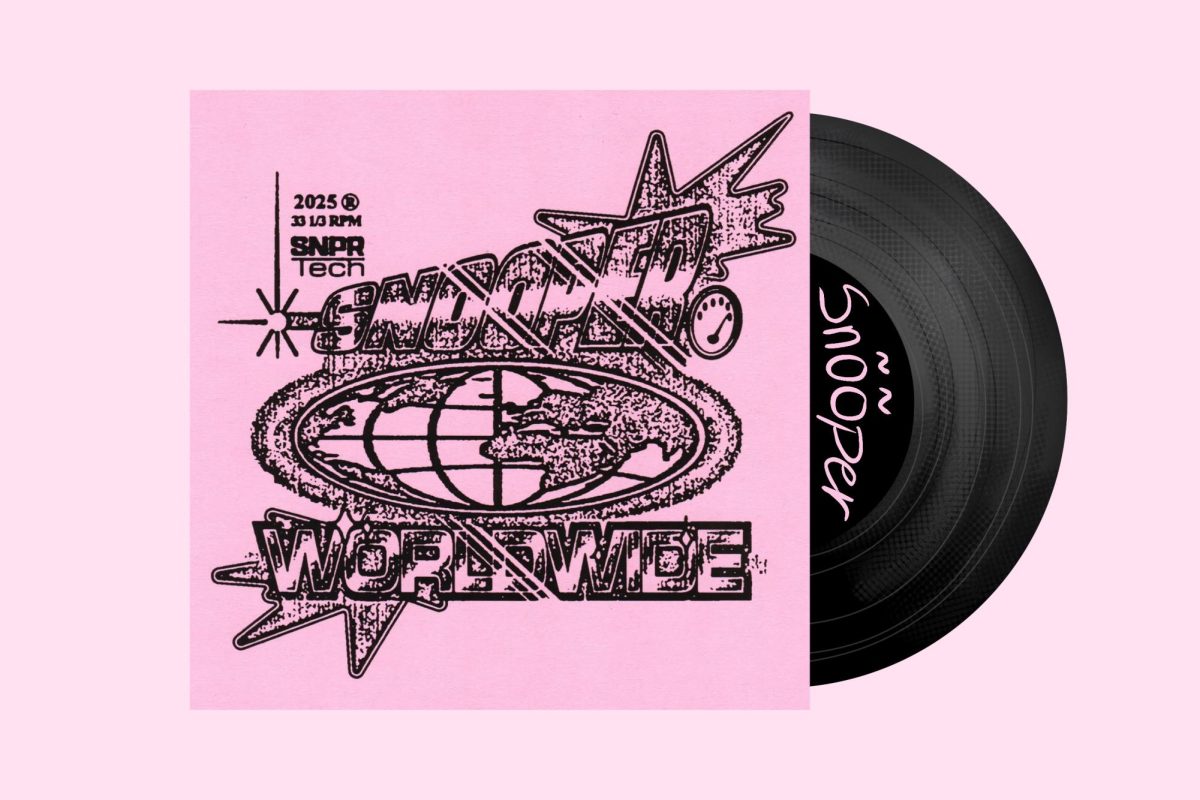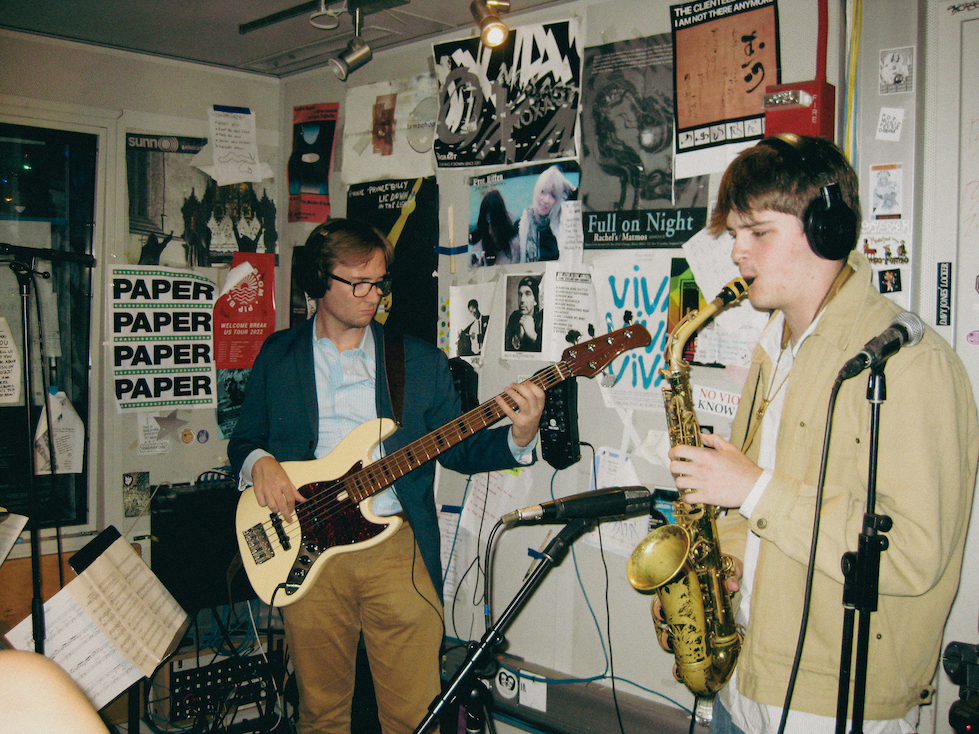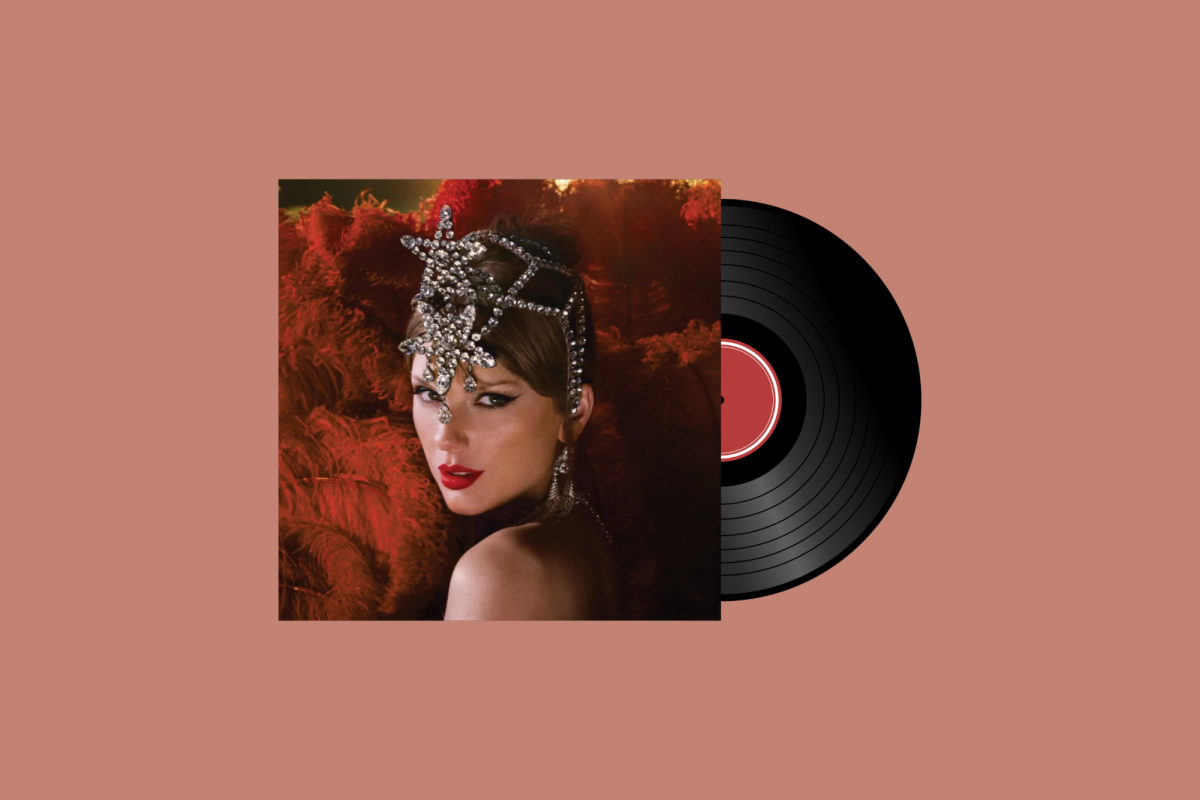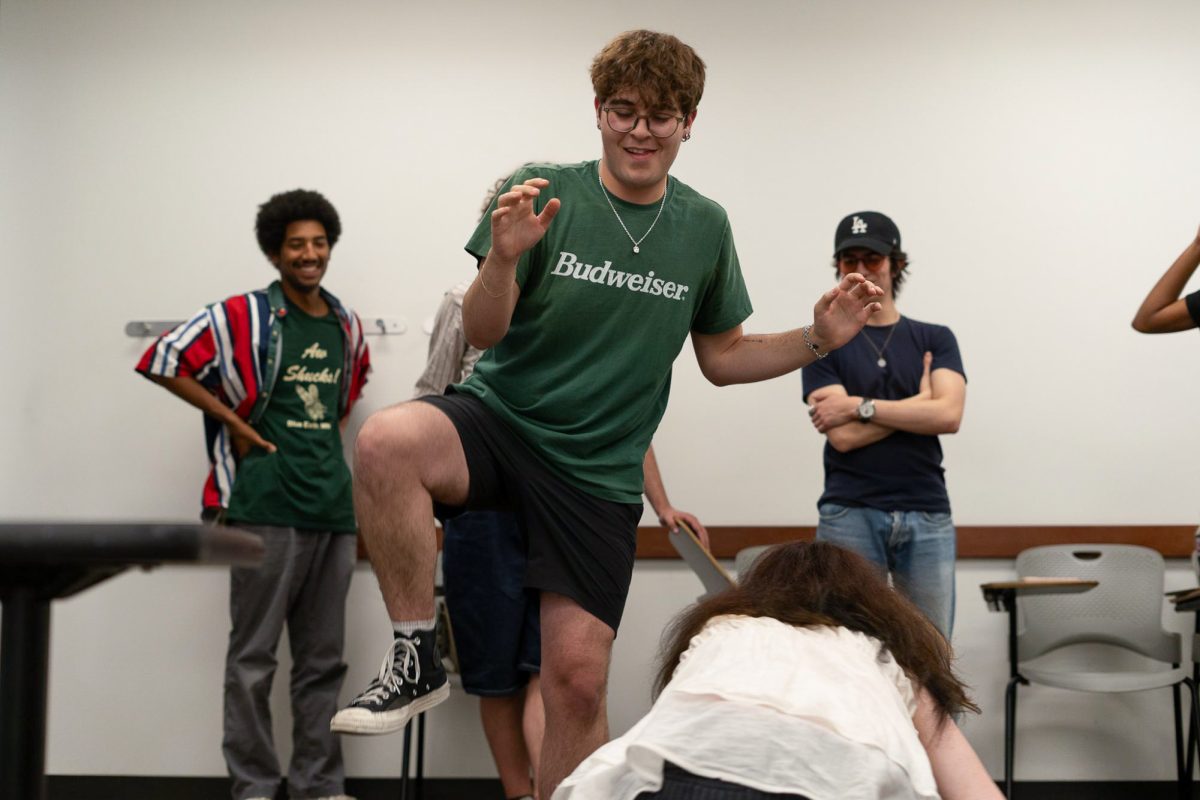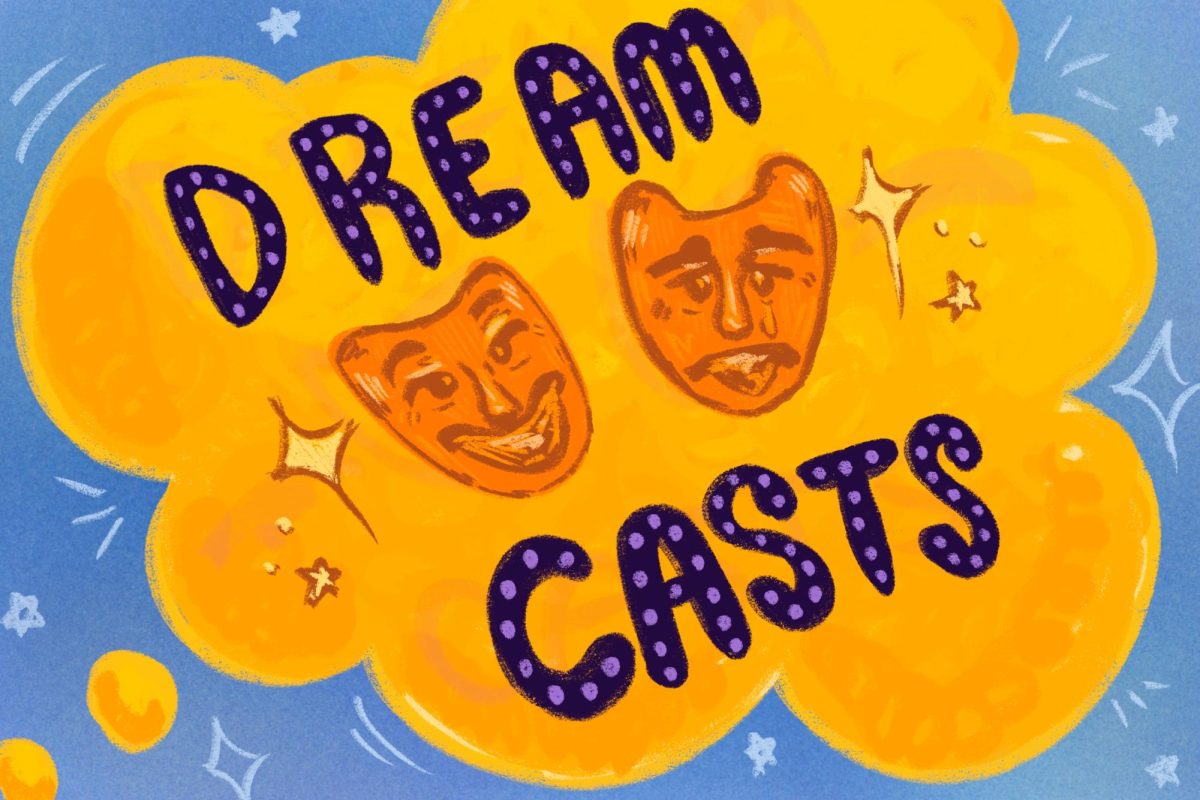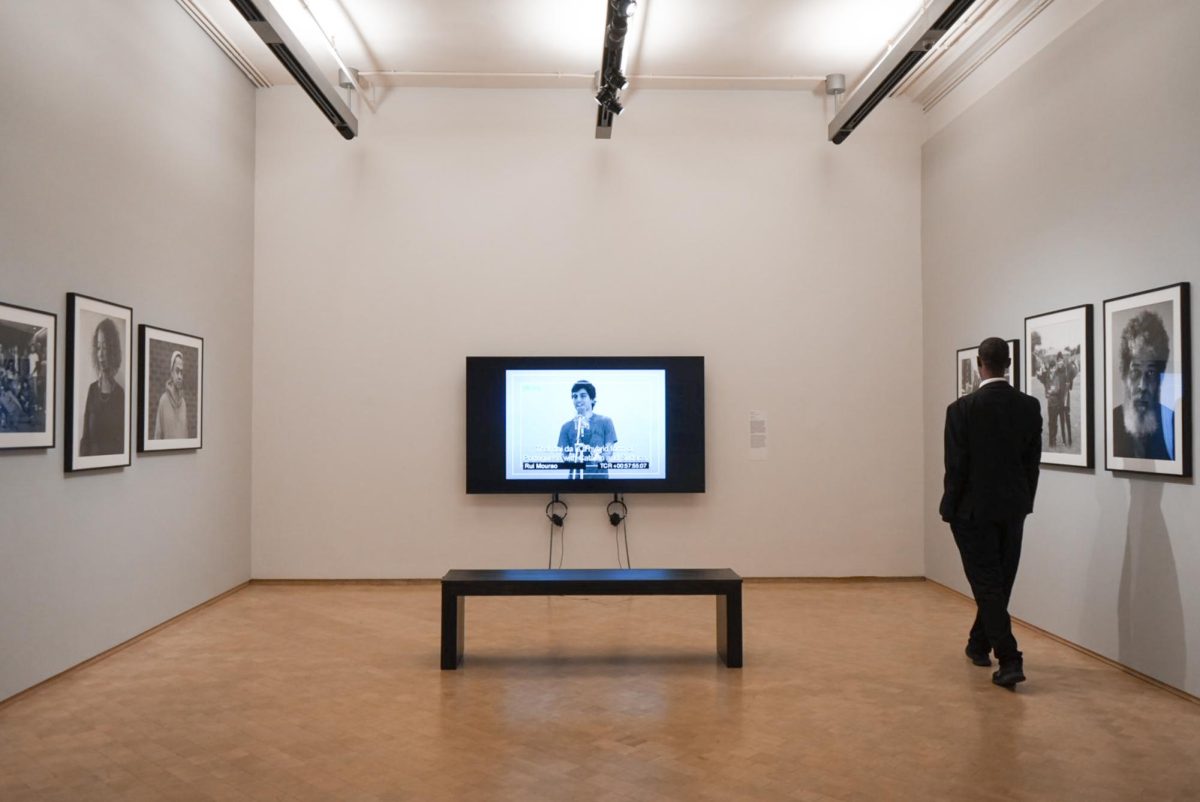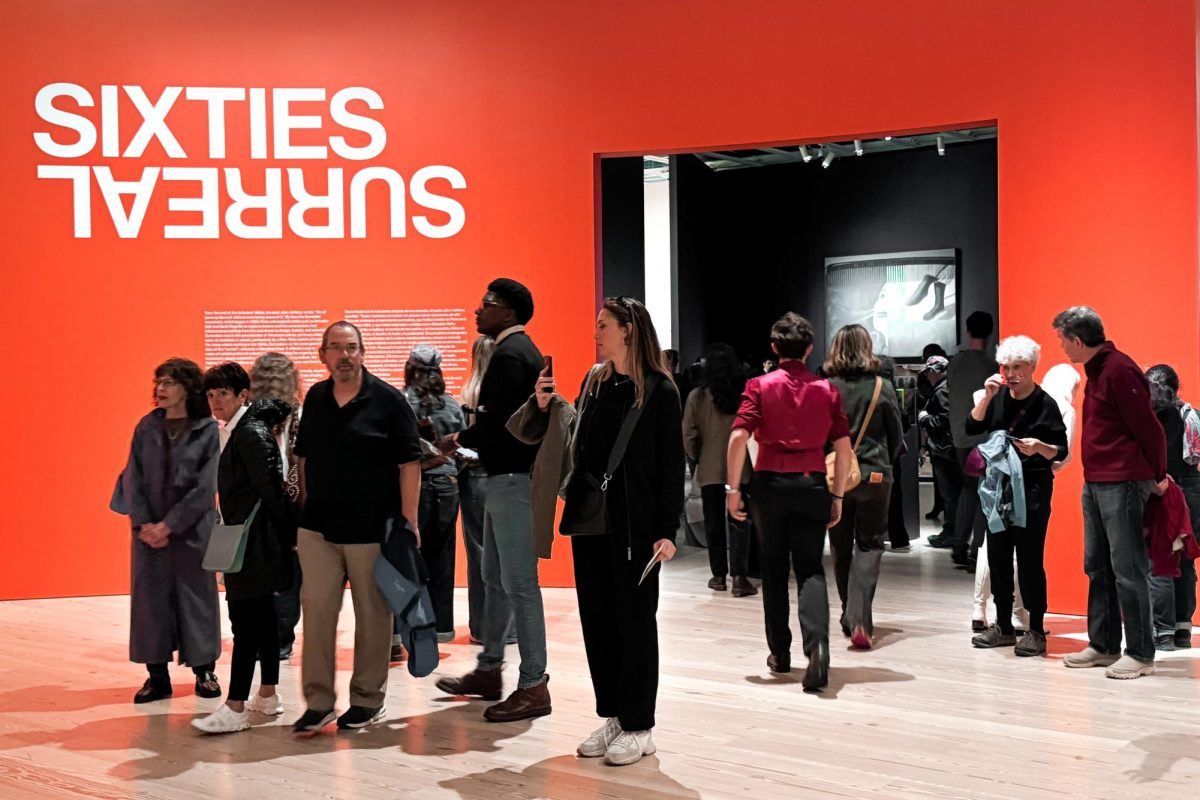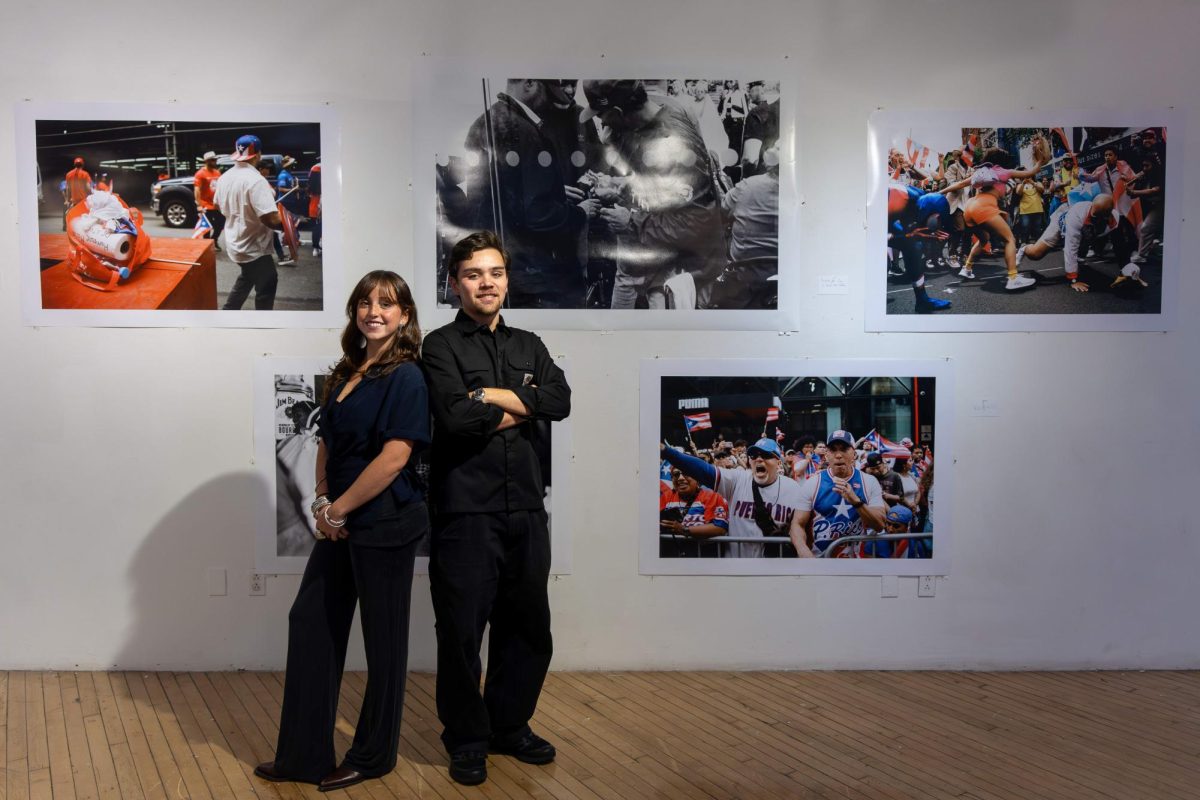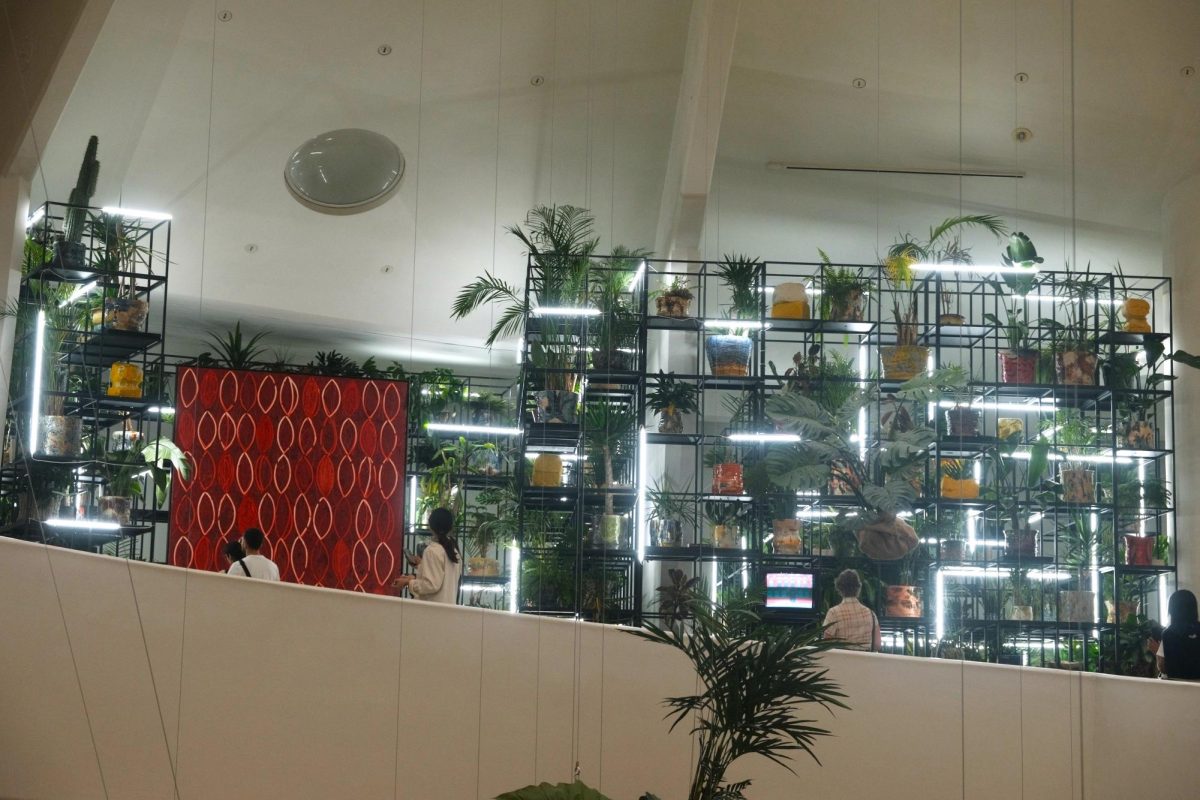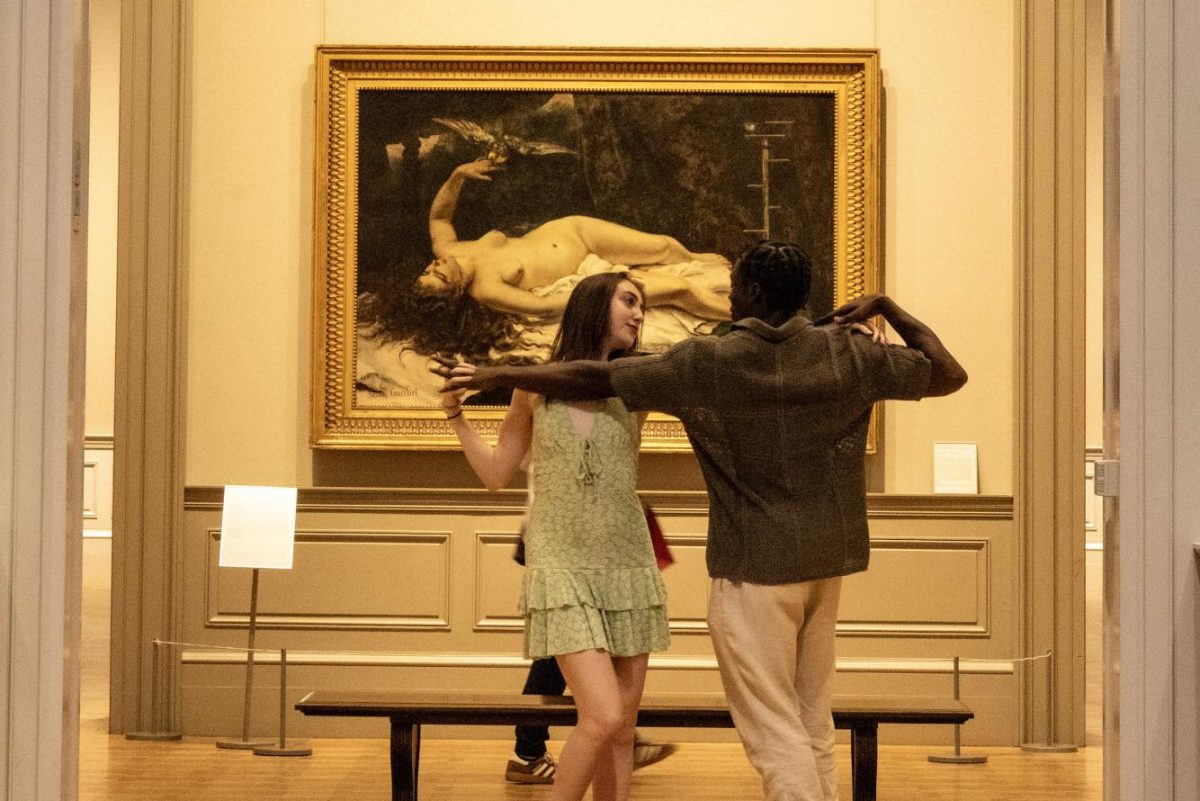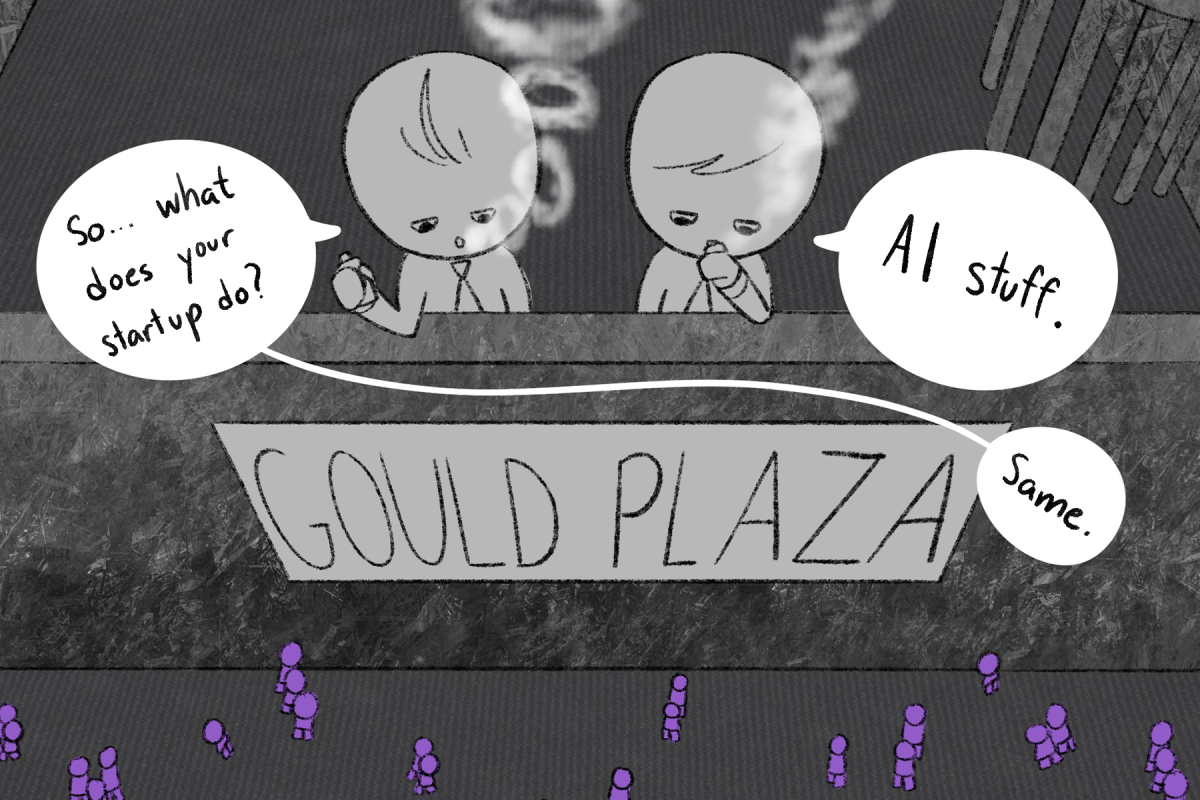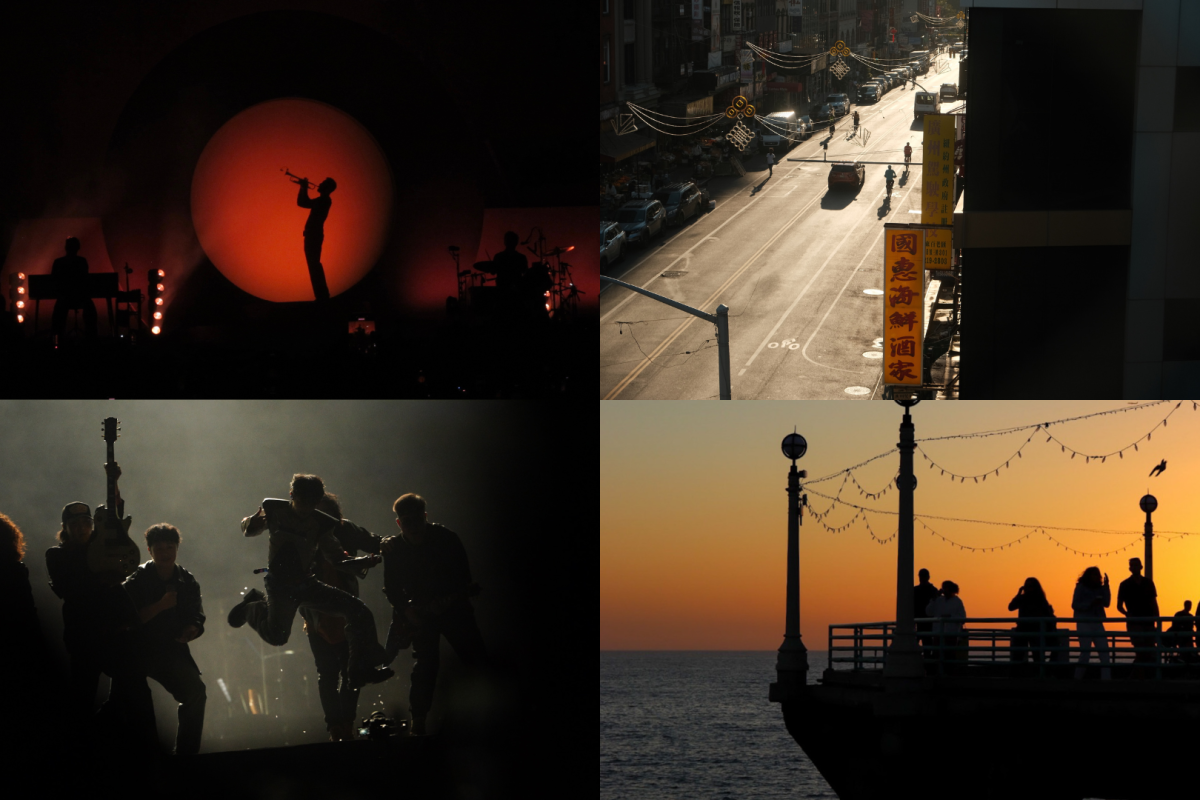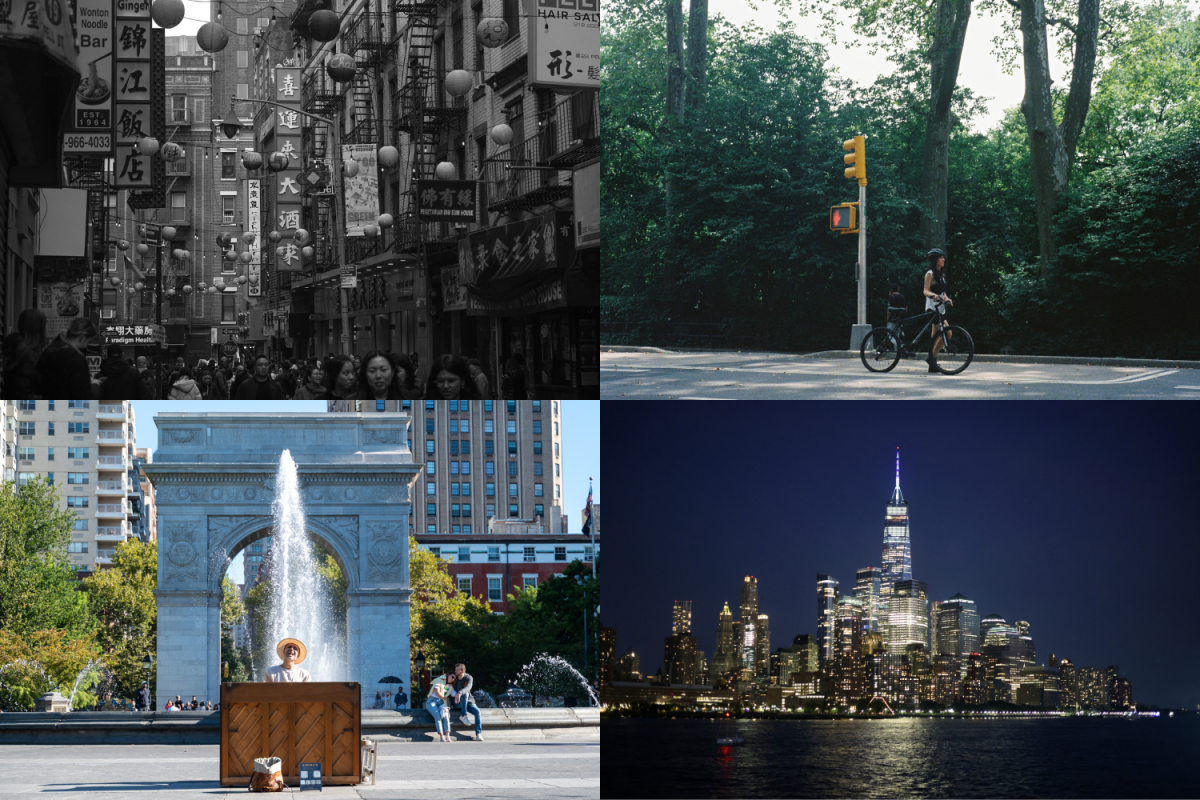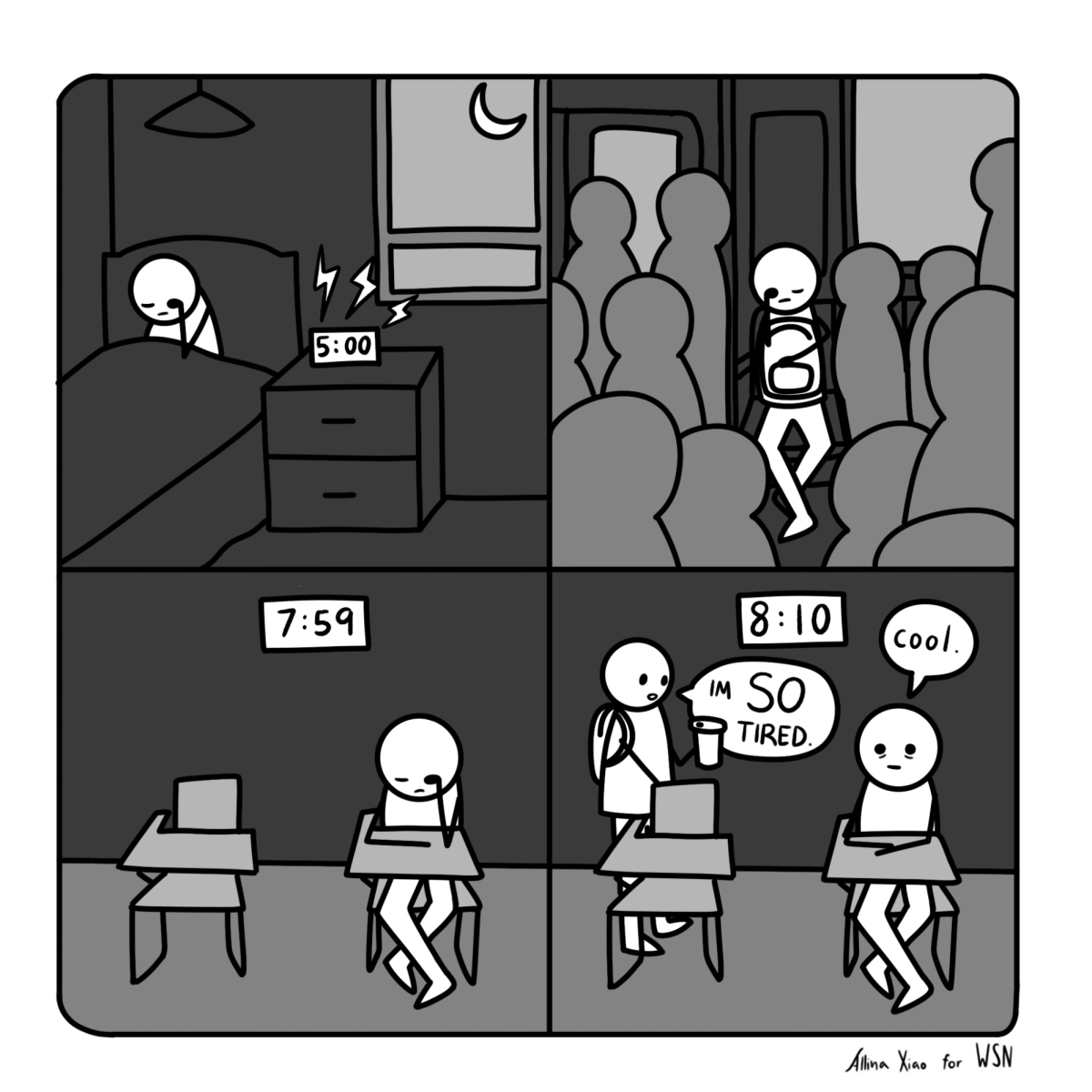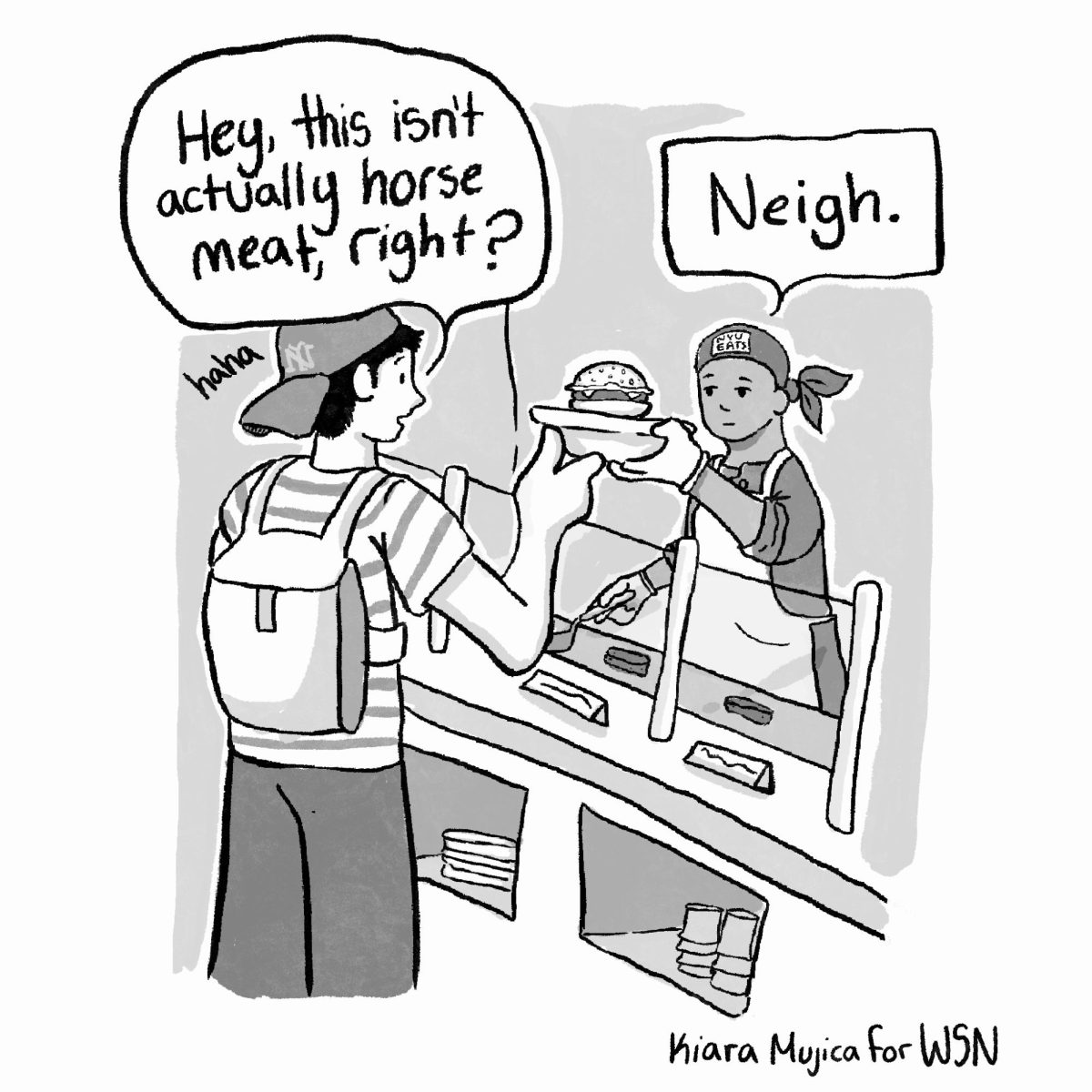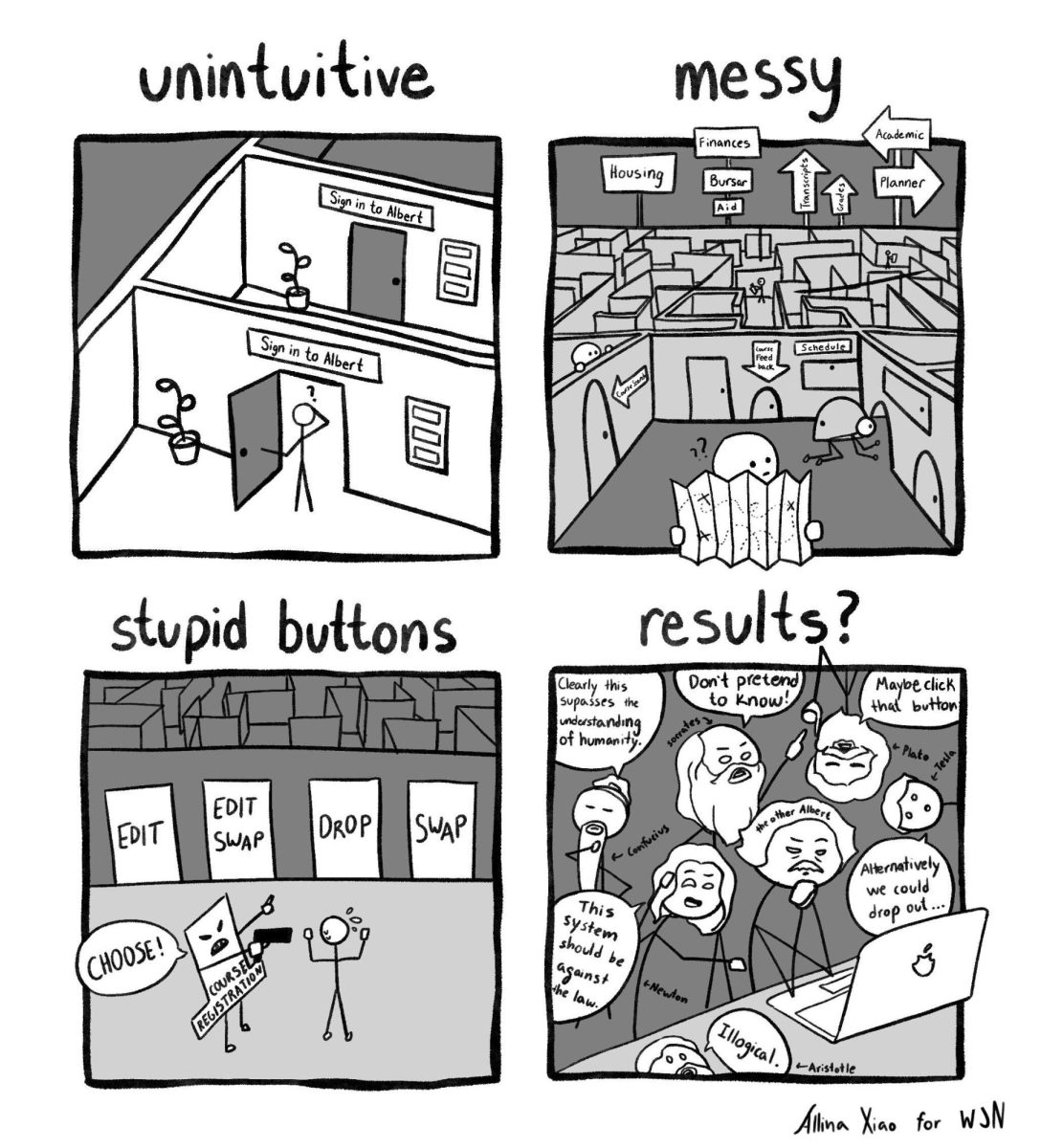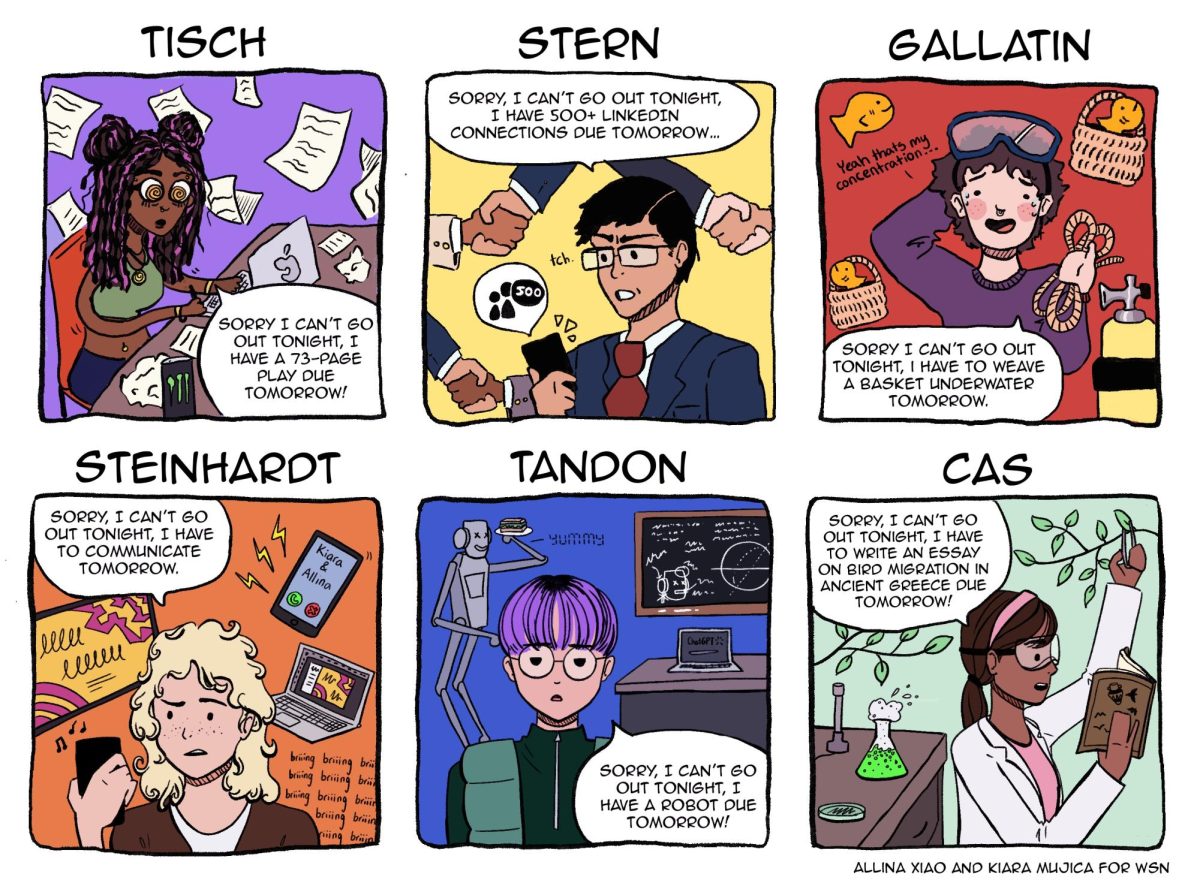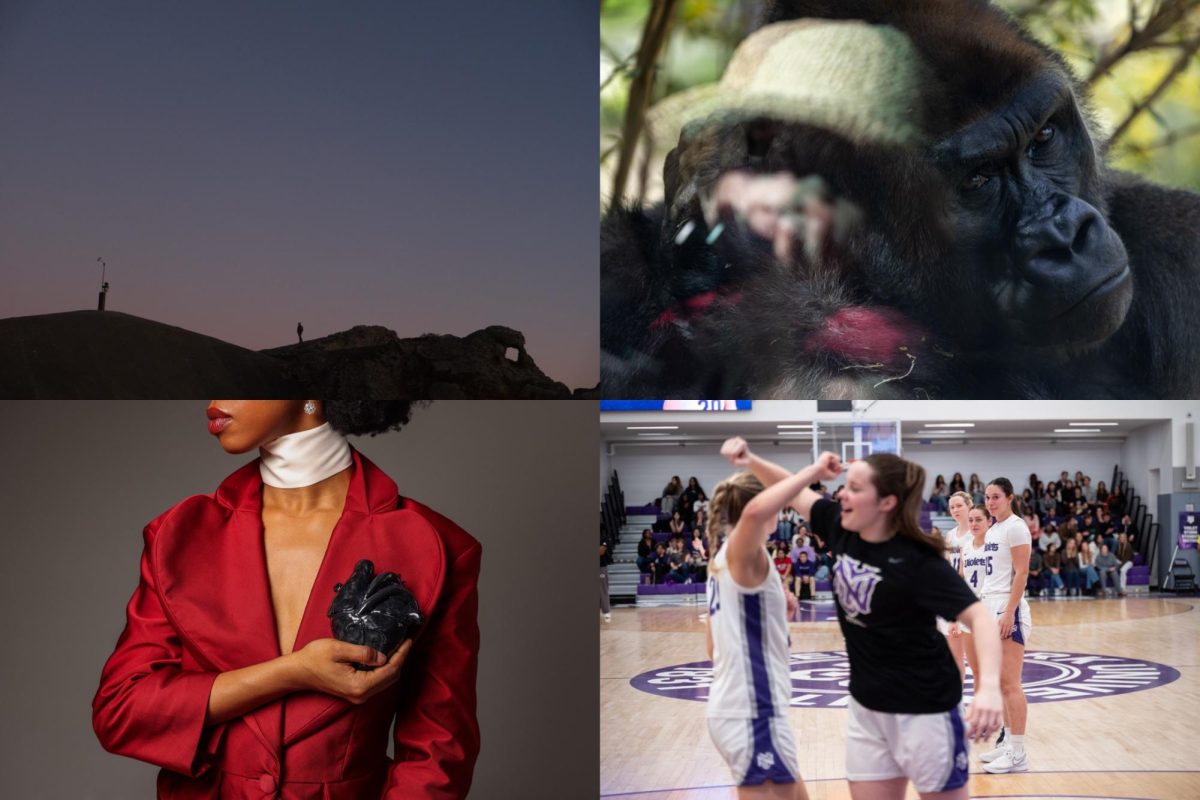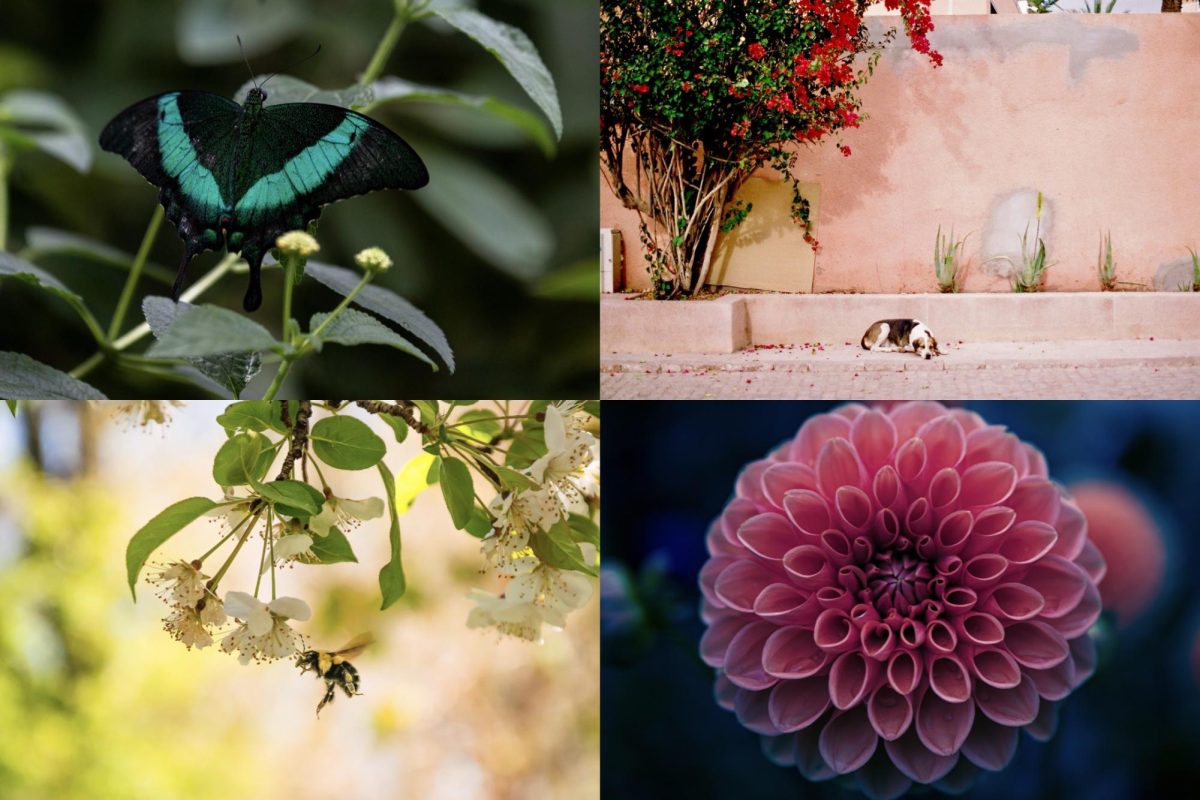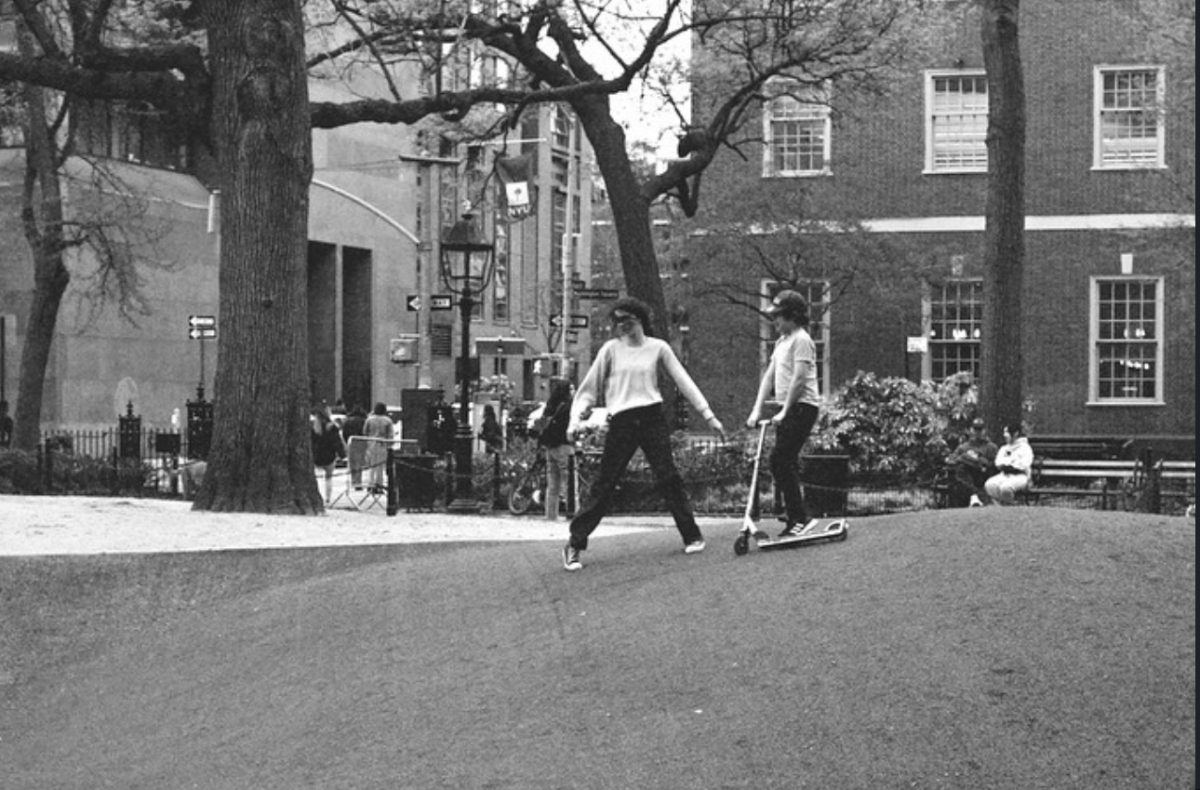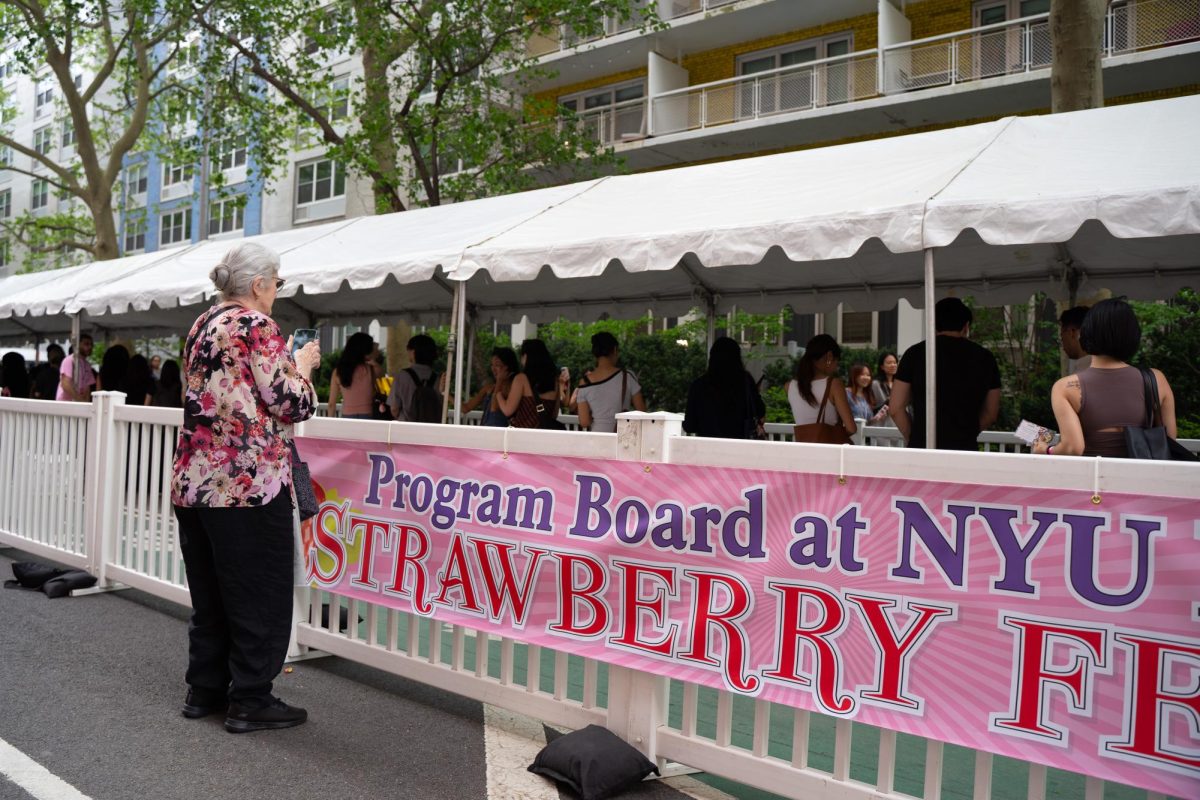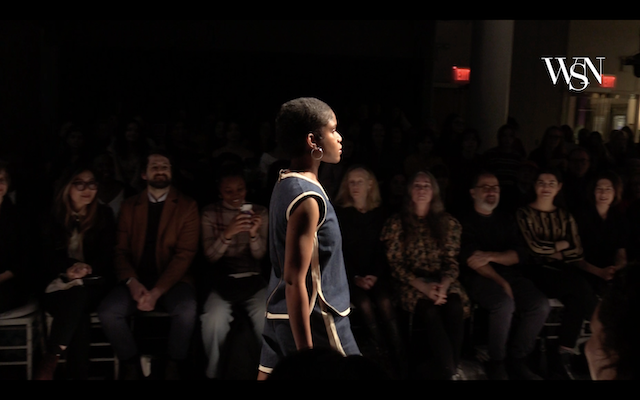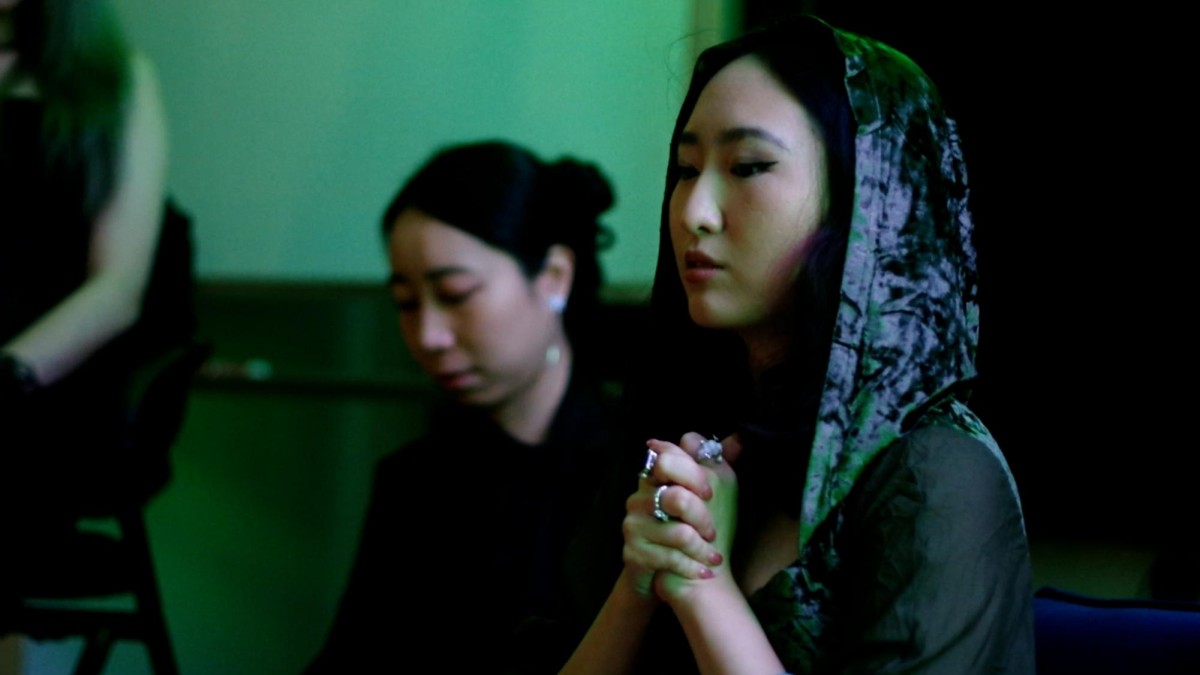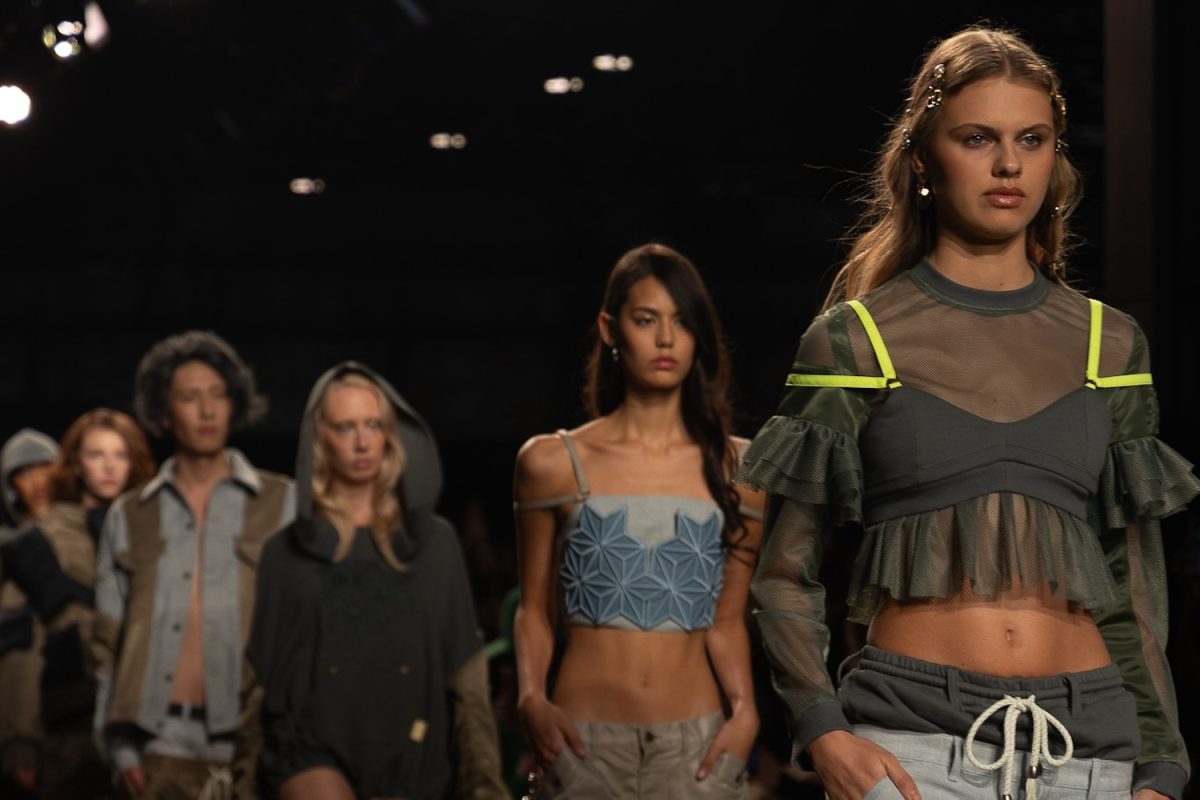Global Fashion Collective hosted brands Tary, Kehang and Vi E Dit on Sunday evening in its third and final show of this season’s New York Fashion Week. Located in the Chelsea Factory, the runway experimented with gender norms in fashion and featured themes of both spirituality and urban anxiety.
With a background in designing costumes and outfits for Japanese idols, Tokyo-based designer Tary aimed to incorporate fantastical colors and elements into the latest collection of her eponymous brand. The collection was titled “Animism,” after the philosophical belief that everything — even rivers, rocks and mountains — have a soul. This theme was well-executed through both animalistic designs and the video montage that opened the show, which included scenes of animals and nature. For example, the show’s final look was a white and beige colored dress paired with an elaborate teal headpiece reminiscent of a fish. The mesh top had an embroidered geometric flower in the center that matched the florals on the headpiece. The bottom of the dress featured two layered skirts: The base was a simple maxi-length white skirt with a shorter cargo-style skirt adorned with ropes and tassels on top.
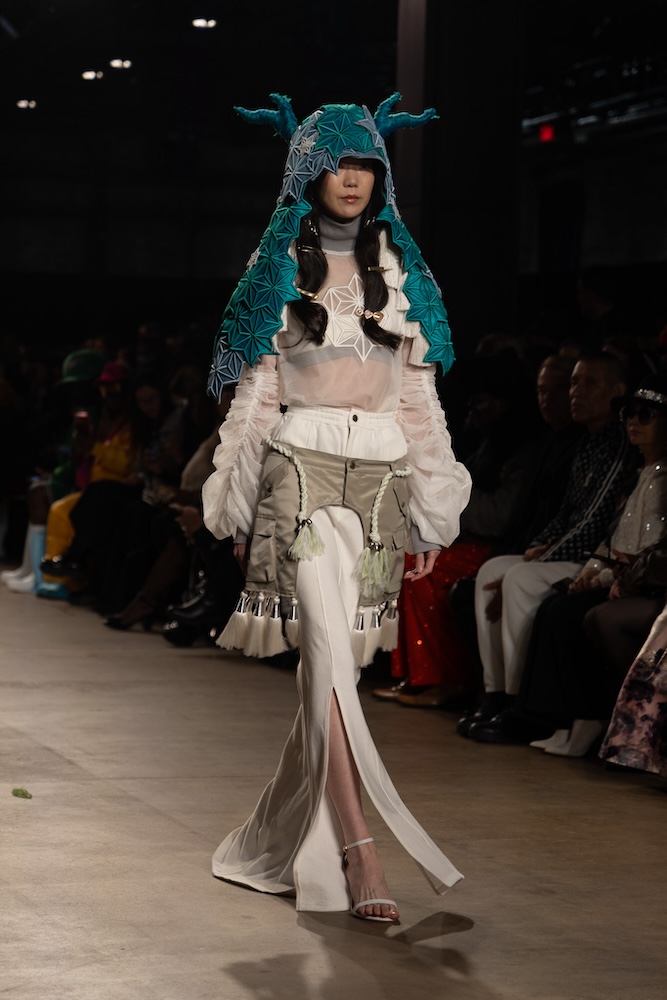
The collection as a whole was highly coordinated, except for the last two designs, which were an underwhelming display of neutral tones and less vibrant designs. Both looks featured similar brown and beige striped, slim-fitting dresses, lacking the flamboyant patterns seen elsewhere in the show.
In an interview with WSN, Tary said that she was inspired by the 19th-century Japanese artist Hokusai and traditional Japanese hemp patterns, and actively worked to incorporate the use of embroidered silk into her geometric designs. One of the most interesting pieces of the show was an open-back long dress tied with ropes and layered with a green and blue geometric hemp pattern, reminiscent of a mermaid. Tary added that she wanted to use this collection to present sustainable clothing and practices as an alternative to fast fashion. This shone through in the dynamic, silky fabrics and intricate designs of the collection.
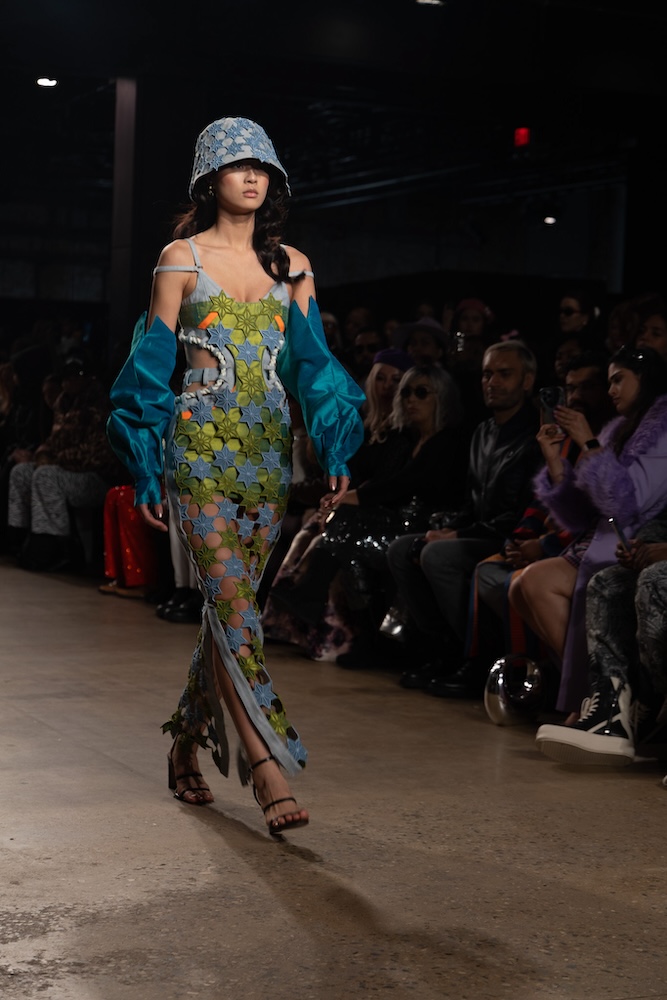
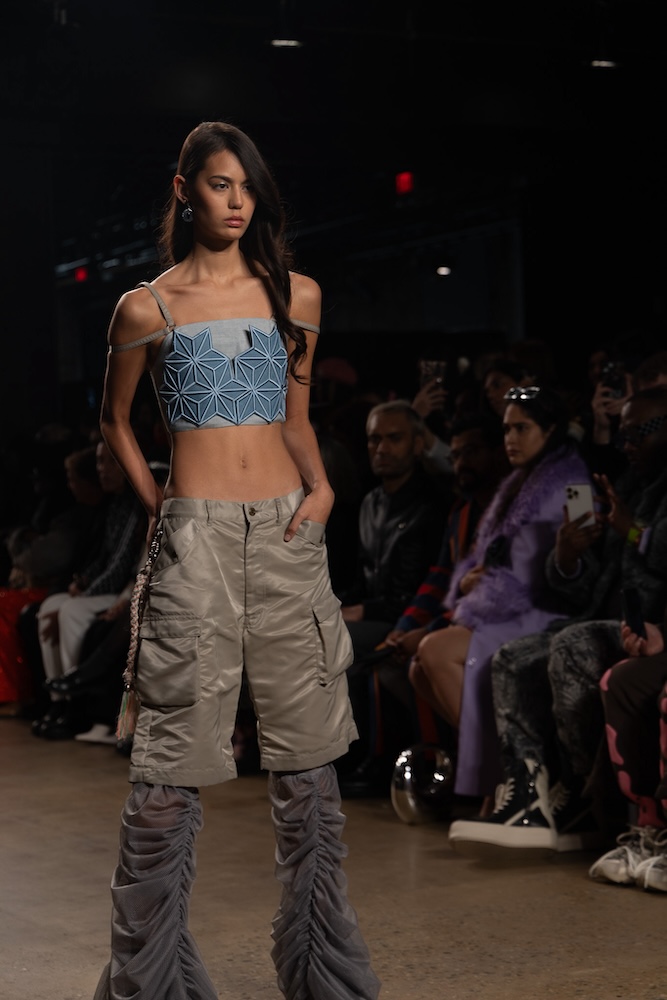
The second segment of the show featured Qihang Guo’s debut collection. Guo graduated from The New School’s Parsons School of Design just last year, and this collection grew out of his senior project.
“My inspiration for this collection is my own anxiety within big cities like New York — the big landscape always scares me,” Guo said. “Within this collection, I want to express the vulnerability of people, and I want to make people resonate with me.”
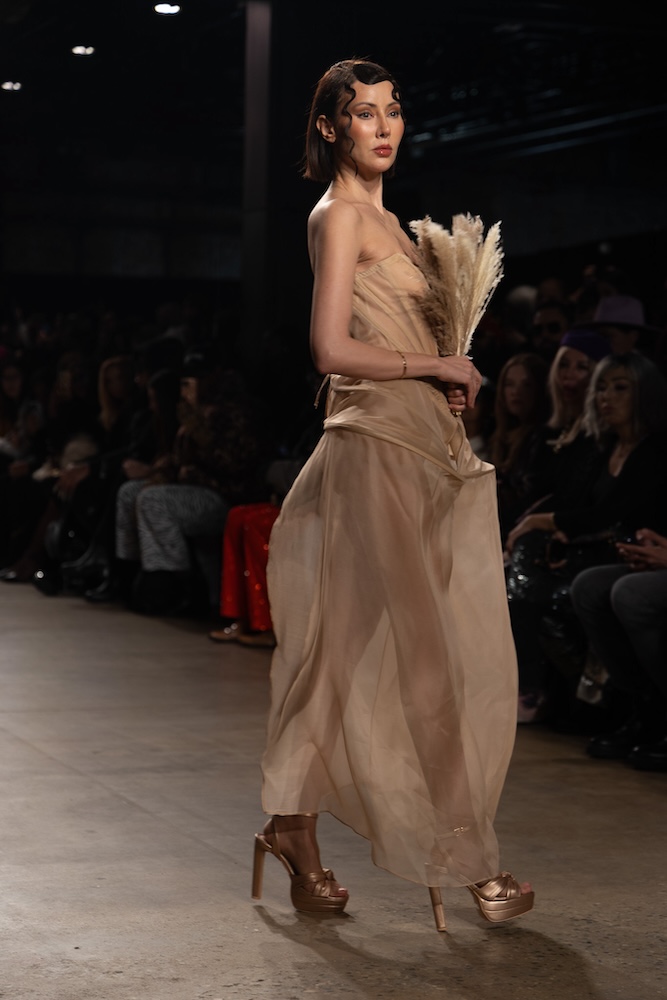
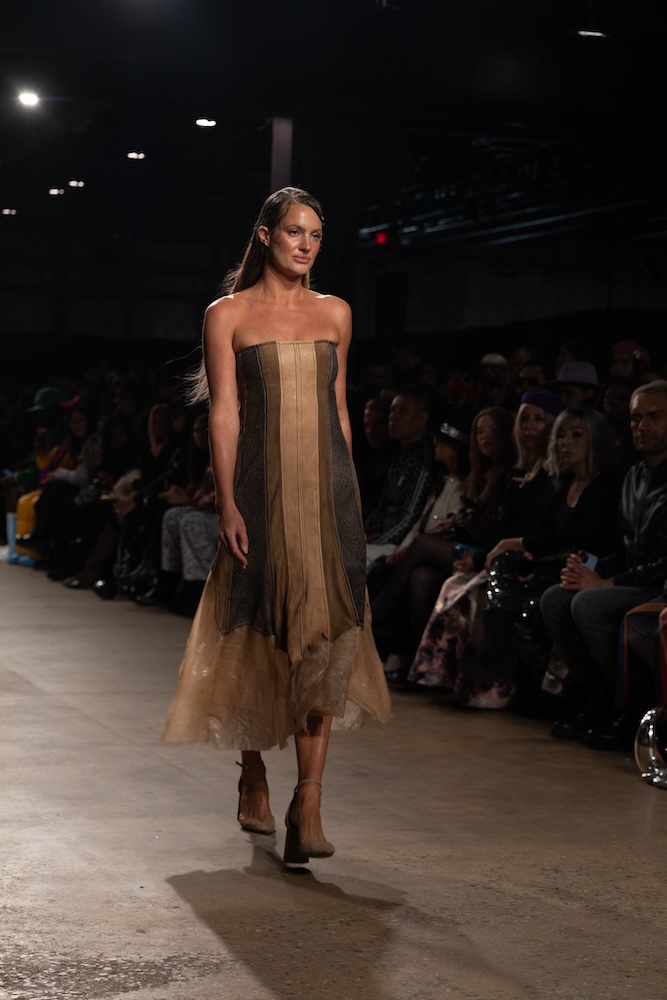
Guo’s designs were shown under the brand Kehang, and they followed a more neutral, beige color scheme. These designs successfully portrayed vulnerability through the unique, sheer silicone material used for most of the outfits. Some of the models held straw, wheat or delicate flowers while walking the runway, adding to the idea of soft vulnerability. While Guo aimed to represent anxiety and chaos in a big city landscape, the neutral colors seemed to present a more calming tone.
The unisex apparel brand Vi E Dit also showcased its debut collection on the runway. Created by Japanese designer Yuki Otake, the collection featured images of skulls and chains on primarily black and dark gray fabrics. Otake explained he took inspiration from intricate Japanese drawings to create the patterns in the collection. The opening visual for the show was an electric heart that continued to beat faster until it finally burst, along with the show’s music pulsing like a heartbeat monitor. The Vi E Dit models all wore dark, heavy eye makeup to match the clothing.
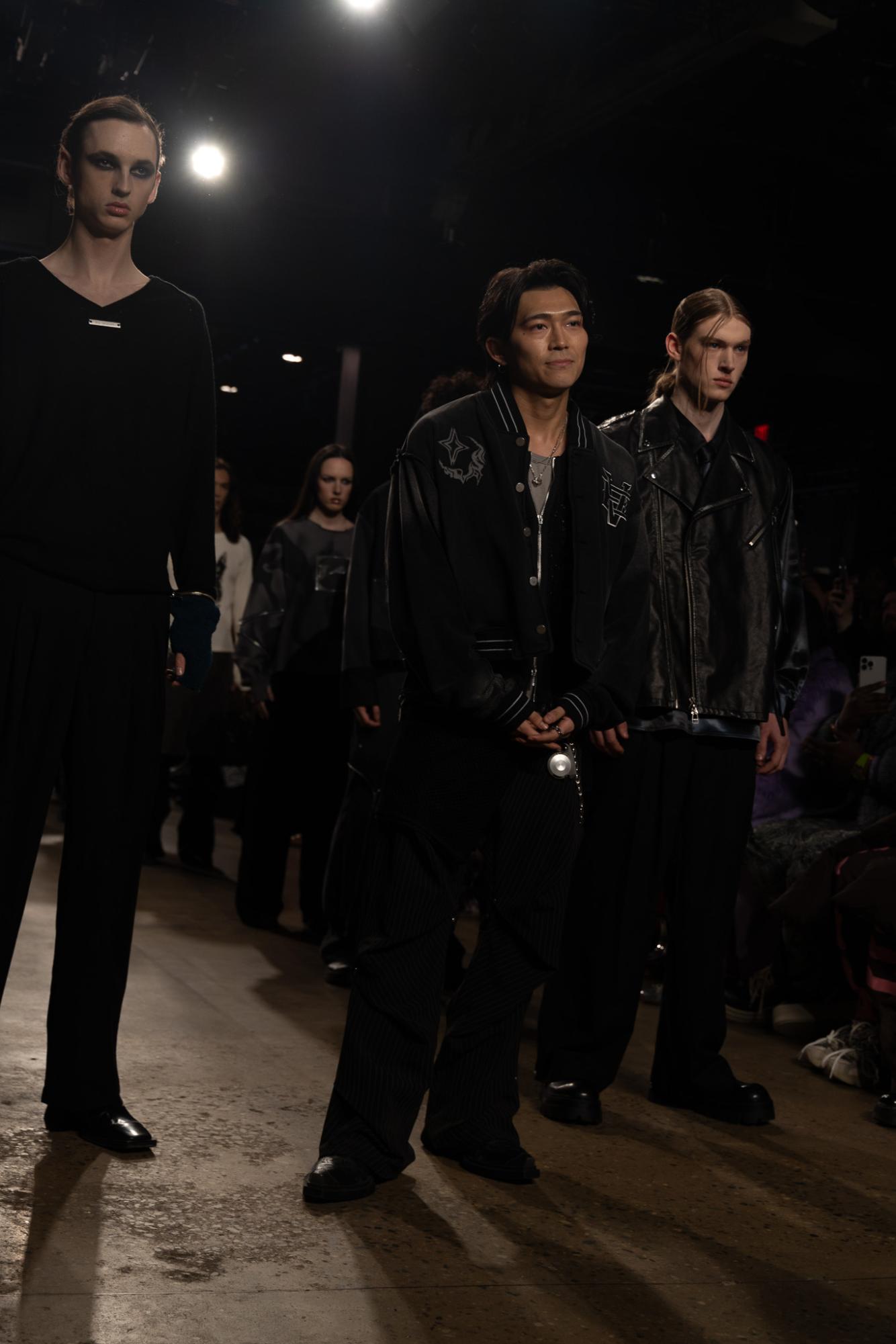
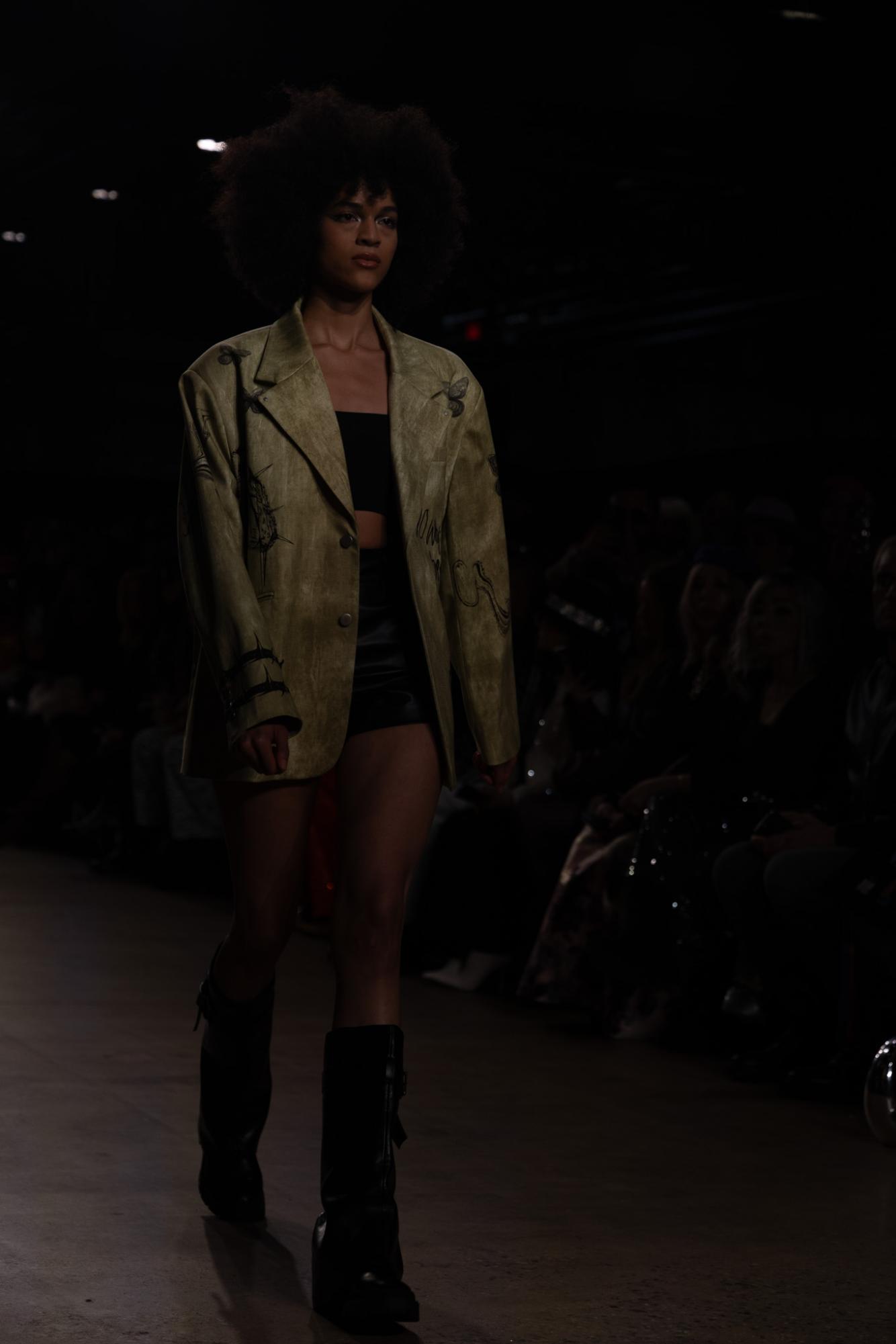
“This is my first time wearing this much eye makeup, it was a lot of work backstage. A lot of teary eyes had to be dried up,” Alexander Rock, the opener for the Vi E Dit collection, said. “But it was almost like a cross between femininity while also having masculinity in the mix. I feel like that’s a big thing in fashion right now. I’ve been noticing a lot of shows with that cross.”
The Vi E Dit pieces used zippers, holes and different metals reminiscent of the urban grunge style. In contrast to Tary’s vibrant color scheme and Guo’s neutral palette, it was a shock when the Vi E Dit collection showcased entirely dark clothing and heavy eye makeup. However, I think this contrast successfully showed the audience the intricate and edgy style Otake wanted to portray. One of the pieces in this collection was seemingly a regular hoodie, but had an open zipper attached to the shoulder that gave it an edgy touch. This displayed how a common piece of clothing, representative of a normal person, can be transformed into a piece that is broken and repaired again. This concept of altering typical clothing portrayed the idea of vulnerability and anxiety.
“I think that that was probably one of the best collections I’ve seen this season at Fashion Week,” fashion blogger Aaron Christopher, who attended the show, said. “It’s the edge and the rocker vibes, very reminiscent of early 2000s, late ’90s. It was just everything, the silhouettes, every piece was so good.”
Contact Amelia Hernandez Gioia at [email protected].



